RS-485 is a bi-directional, half-duplex communication protocol that allows multiple drivers and receivers to be attached to the bus, with each driver capable of detaching from the bus. This specification meets all RS-422 requirements and is more robust than RS-422. Features higher receiver input impedance and wider common-mode range (-7V to +12V).
RS-232 is a communications standard initially developed for modulators, printers, and other PC peripherals, offering single-ended baud rates of 20kbps and later speeds to 1Mbps. Additional specifications for RS-232 include: nominal ±5V transmit level, ±3V receive level (spacing/symbol), 2V common-mode gain, 2200pF maximum cable load capacitance, 300Ω maximum driver resistance output, 3kΩ maximum receiver ( load) impedance, 100 ft (typ) maximum cable length. RS-232 is only used in point-to-point communication systems and cannot be used in multi-point communication systems. All RS-232 systems must abide by these restrictions.
RS-422 is a one-way, full-duplex communication protocol suitable for messy industrial environments. The RS-422 specification allows a single driver to communicate with multiple receivers, and data signals are transmitted differentially at a rate of up to 50Mbps. The receiver common-mode range is ±7V, the driver output resistance is 100Ω, and the receiver input impedance can be as low as 4kΩ.
RS-232: Used for communication with modems, printers, and other PC peripherals. The maximum cable length is 100 feet (typical).
RS-422: Suitable for single host (driver) industrial environment. Typical applications include: process automation (chemical industry, brewing, papermaking), factory automation (automobile manufacturing, metal processing), HVAC, security, motor control, motion control, etc.
RS-485: Suitable for multi-host/driver industrial environment. Its typical applications are similar to RS-422, including: process automation (chemical industry, brewing, papermaking), factory automation (automobile manufacturing, metal processing), HVAC, security, motor control, motion control.
RS-485 optical fiber transceiver supports data (TXD or SD) transmission control, which improves the ability to adapt to various software and simplifies the control method. Optical fiber MODEM supports a variety of optical fiber connection methods between asynchronous serial ports. It supports Two devices with asynchronous serial ports perform full-duplex or half-duplex communication through optical fibers. The communication distance can reach up to 4 kilometers for multi-mode and 20 kilometers for single-mode. The transmission rate of RS-232 signals is up to 115.2Kbps, RS- The signal transmission rate of 485 can reach up to 460Kbps, and the interfaces of different electrical standards can be mixed. RS-232 equipment can be used to connect RS-485 equipment, which can replace RS-232 to RS-485 interface converter or photoelectric isolator , and provides excellent EMI/RFT (electromagnetic interference/functional test) characteristics.
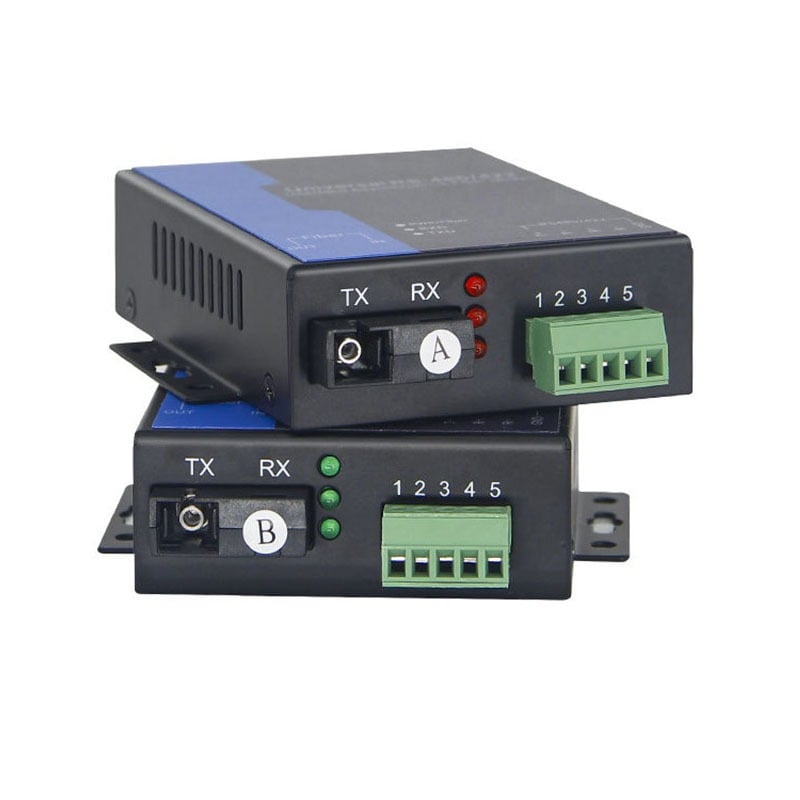

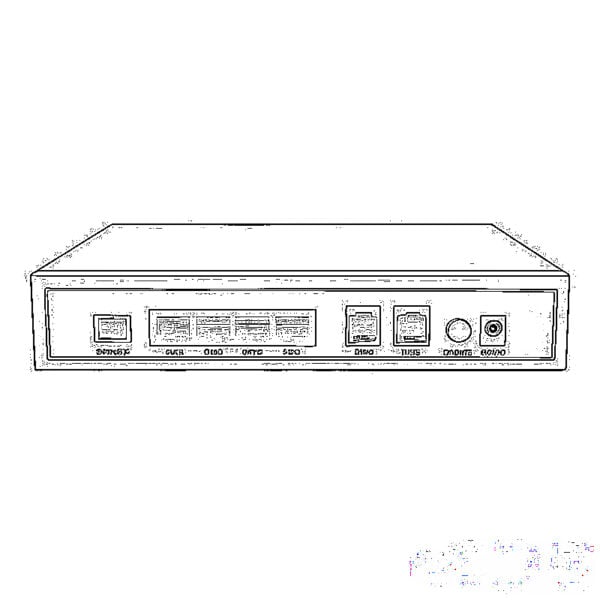
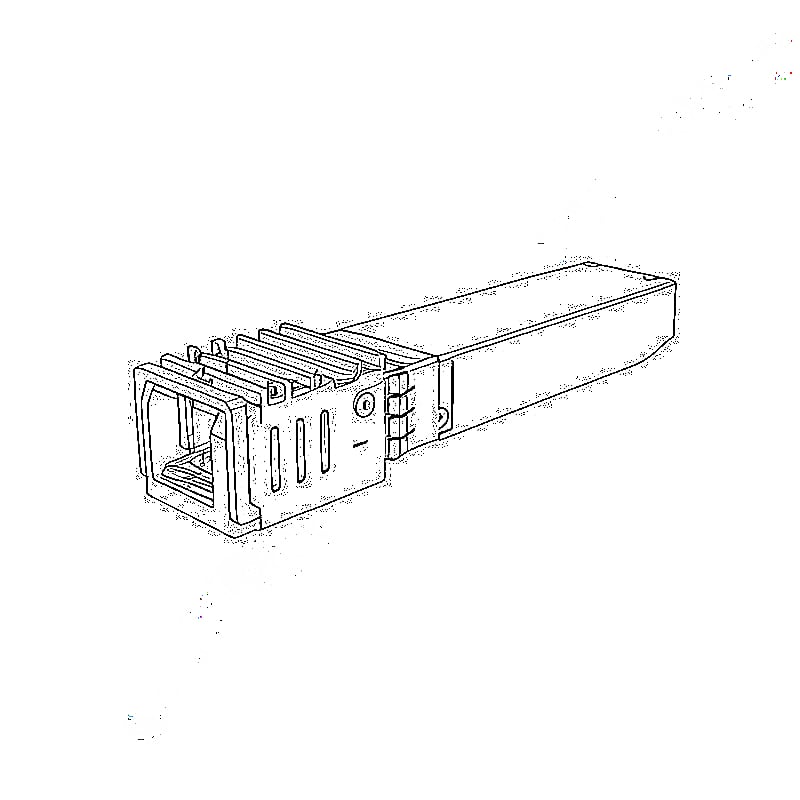
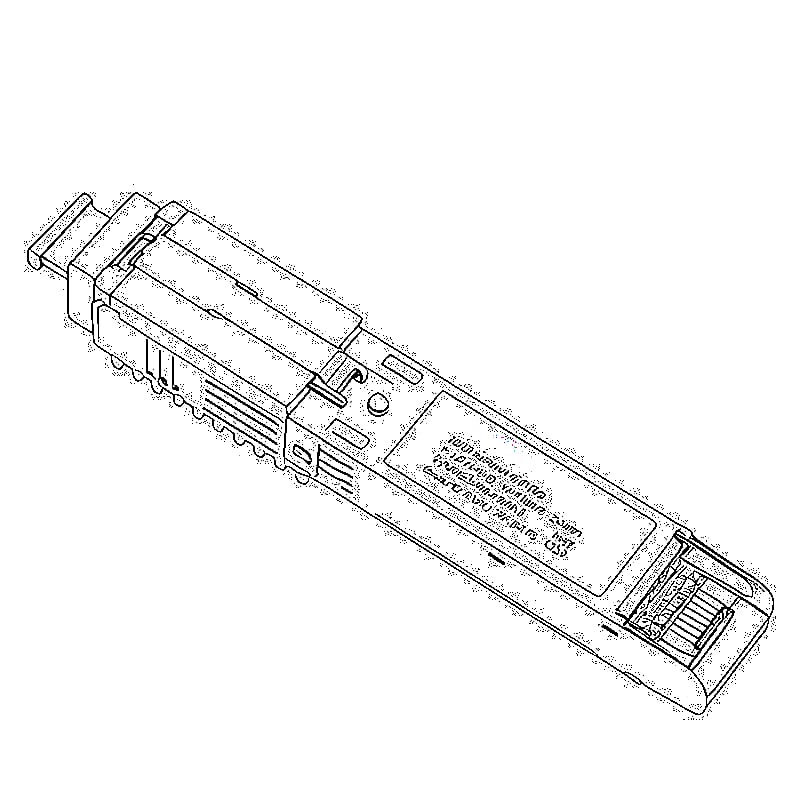
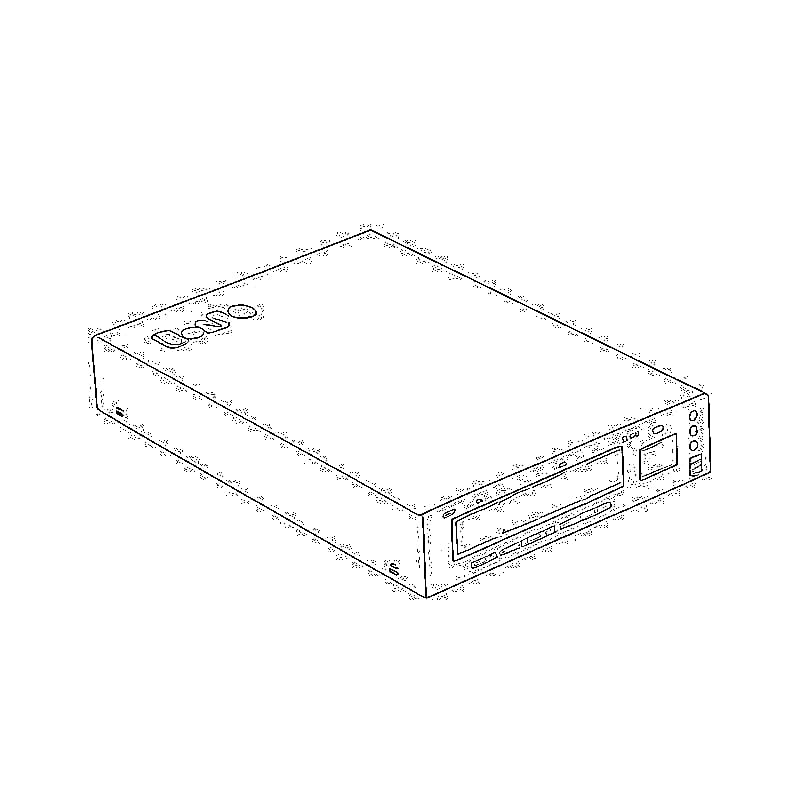
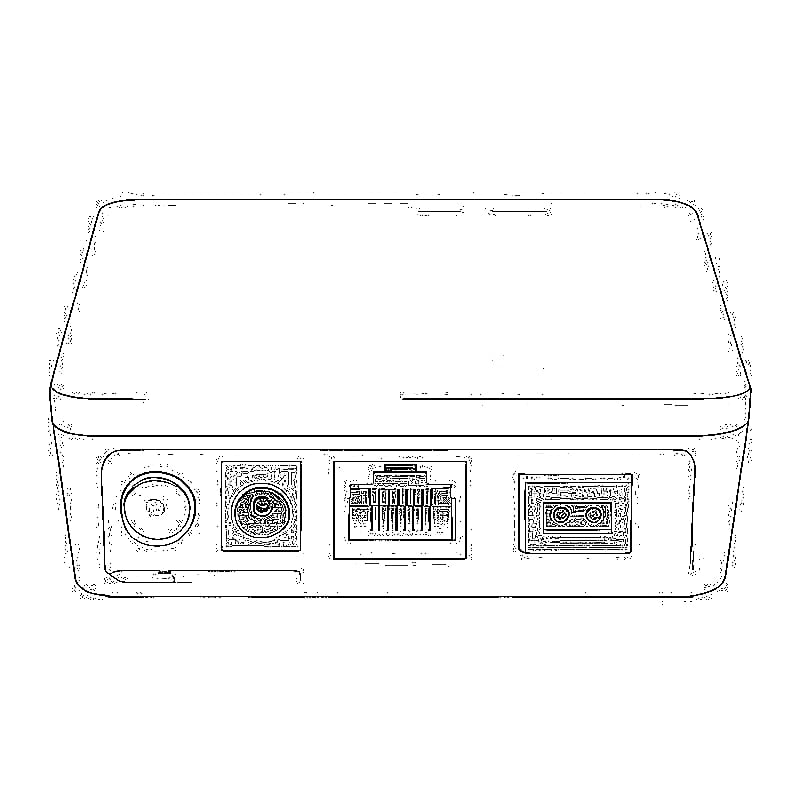
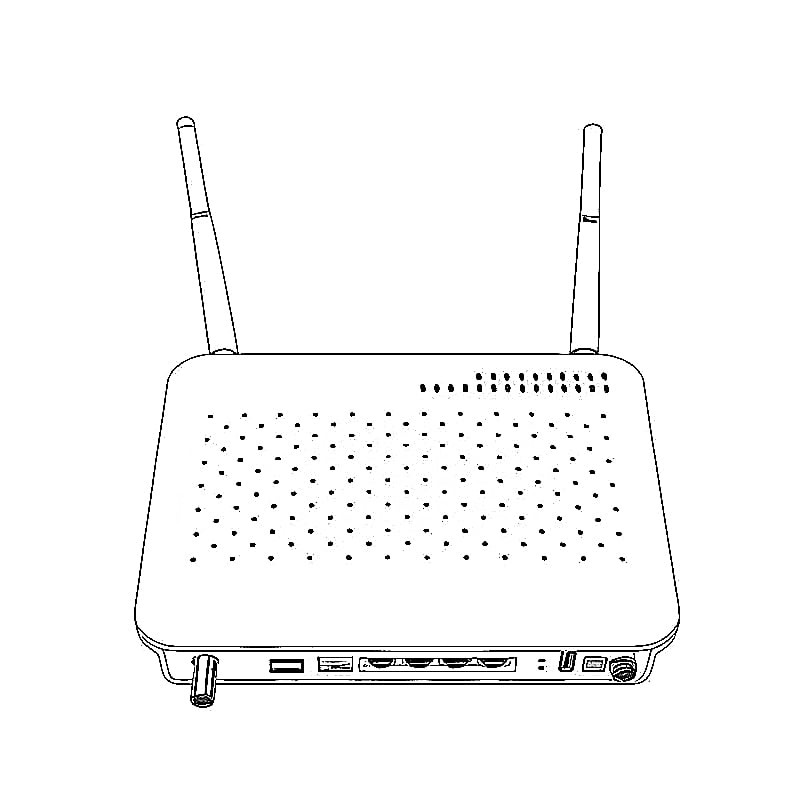
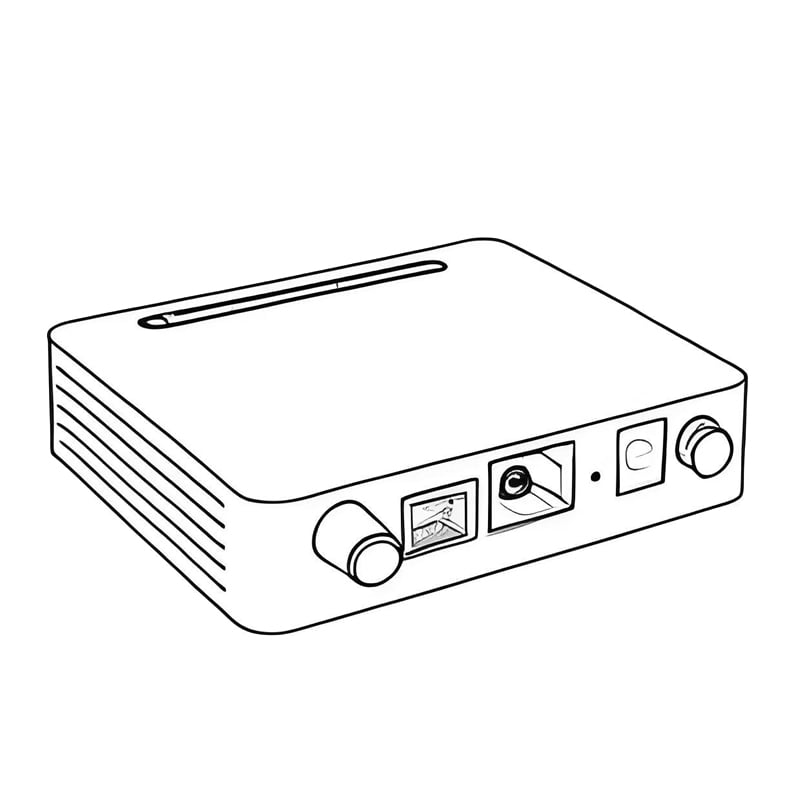
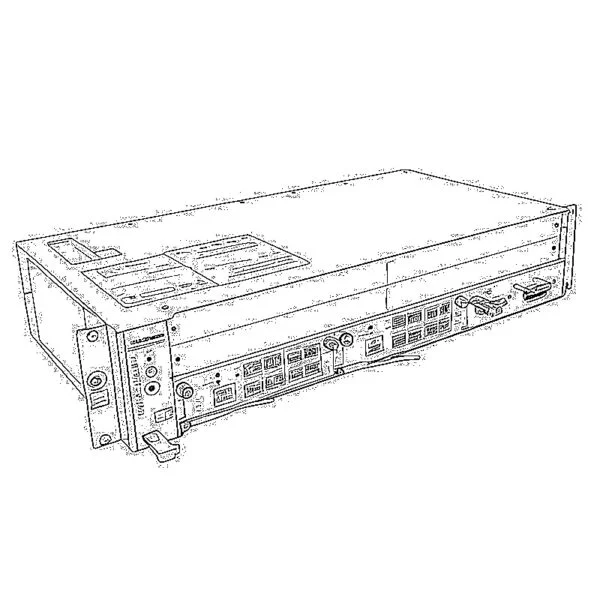
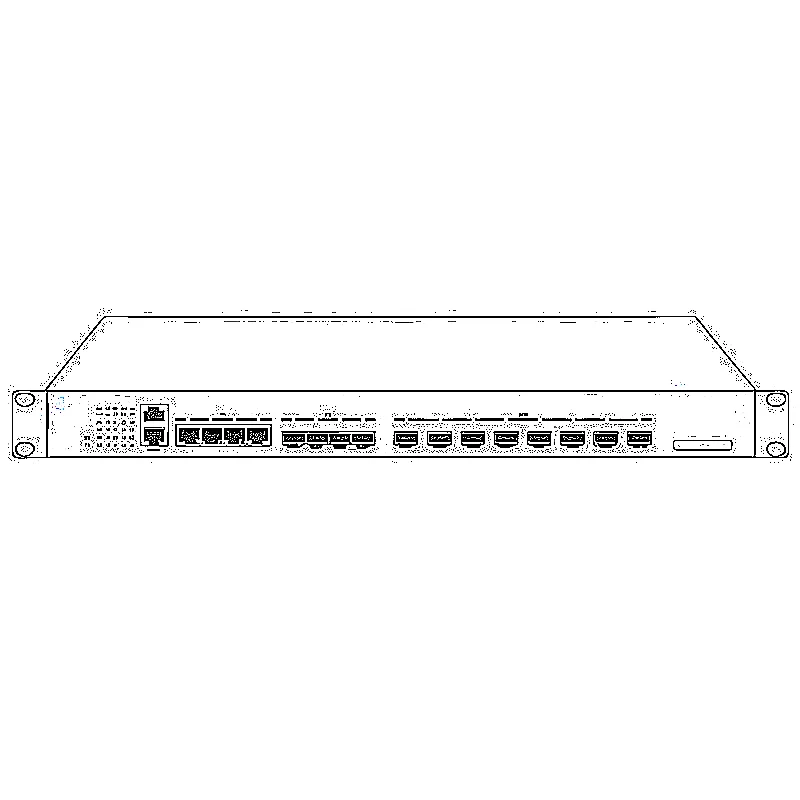
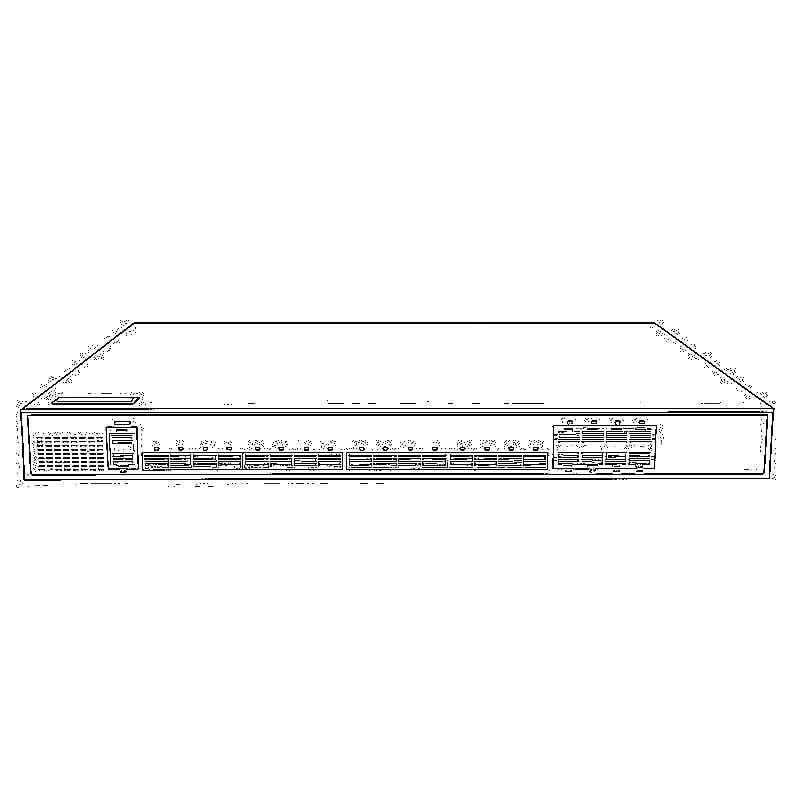
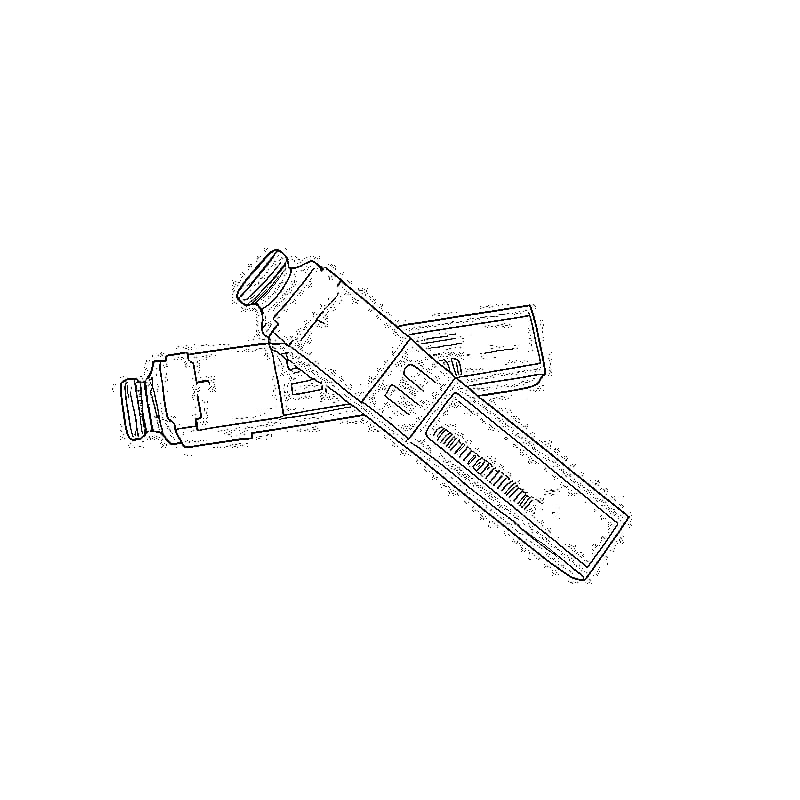
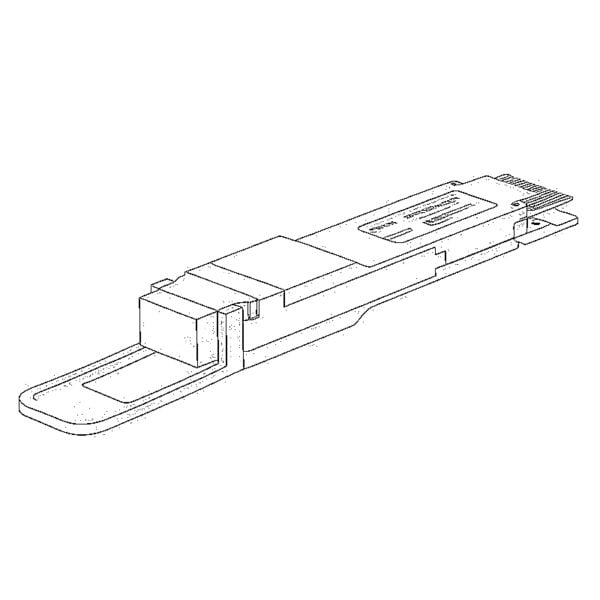
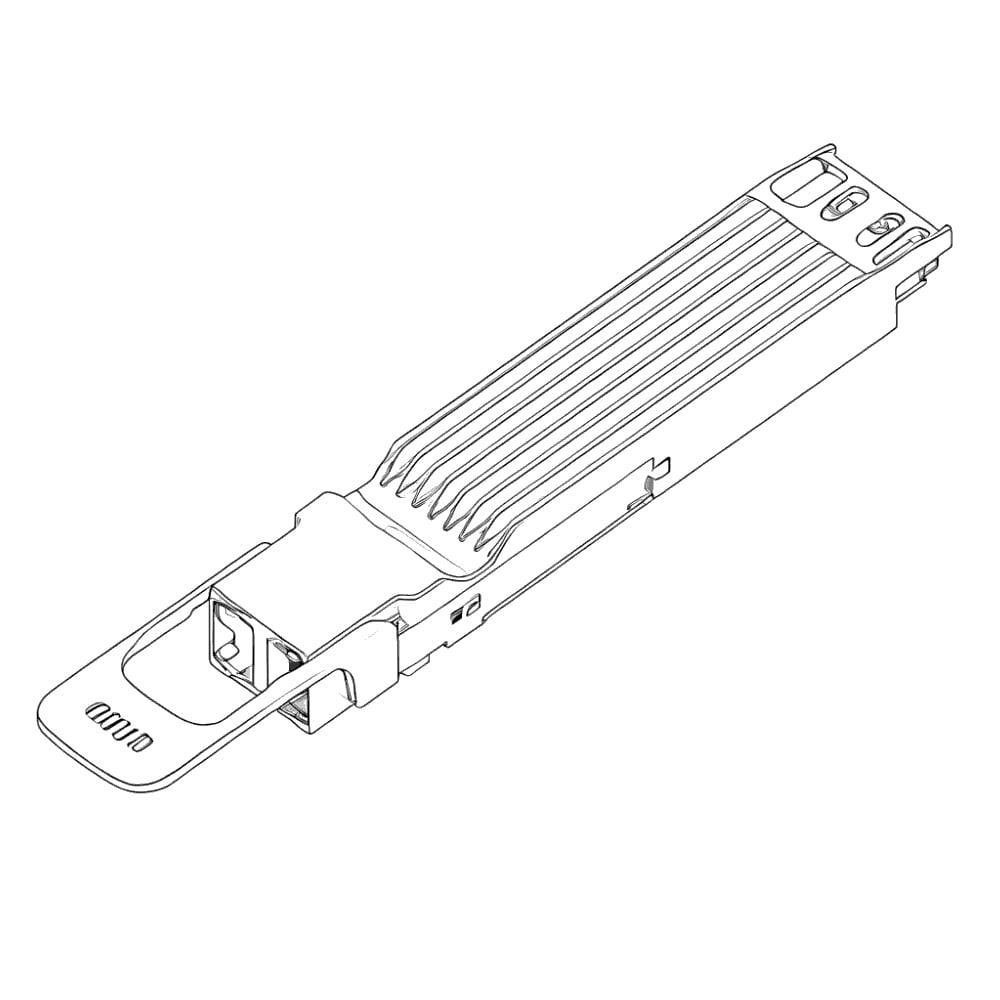
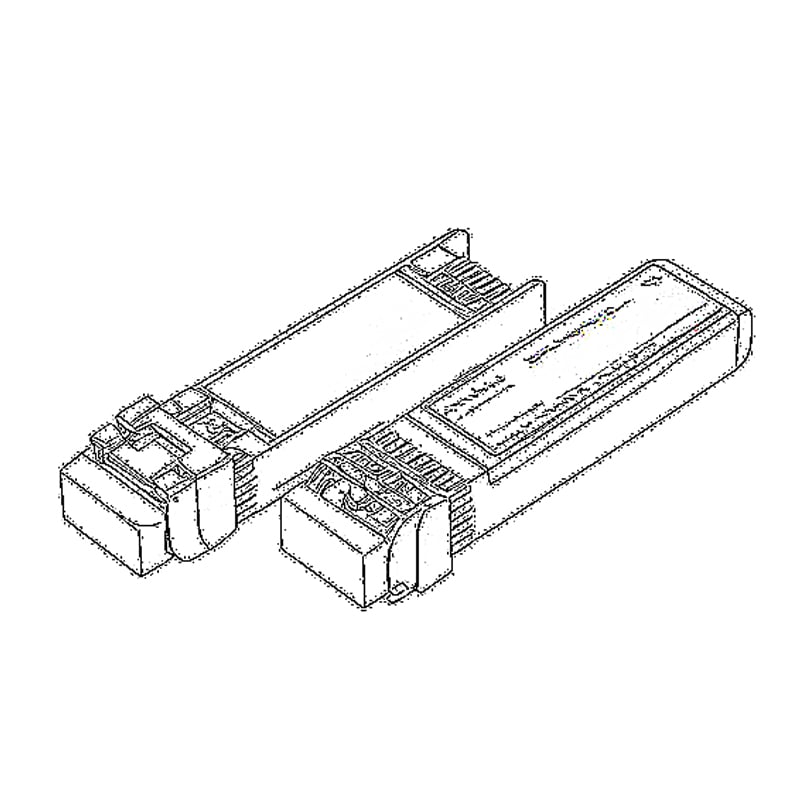
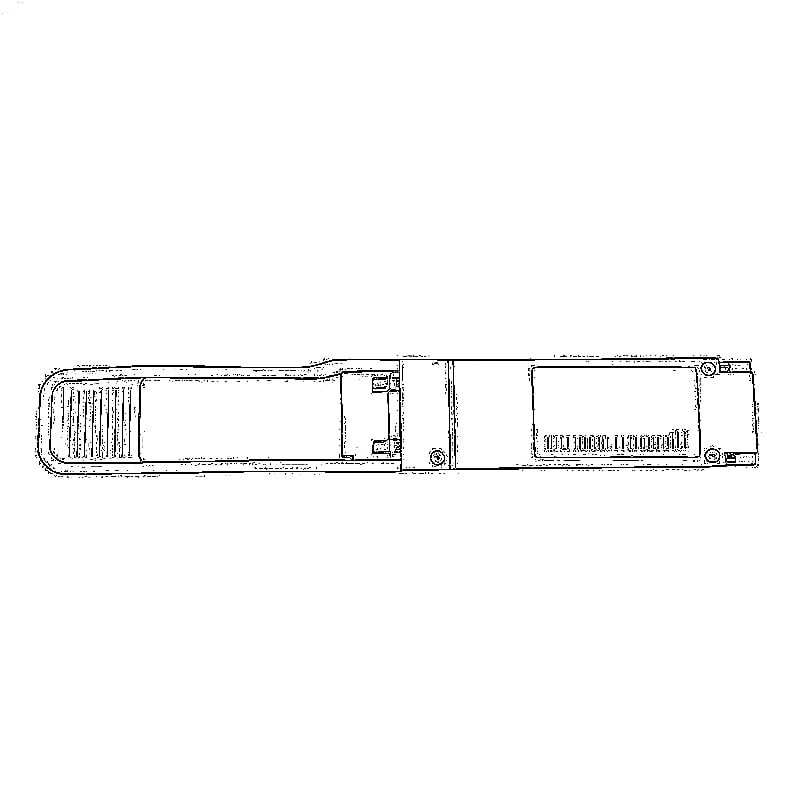
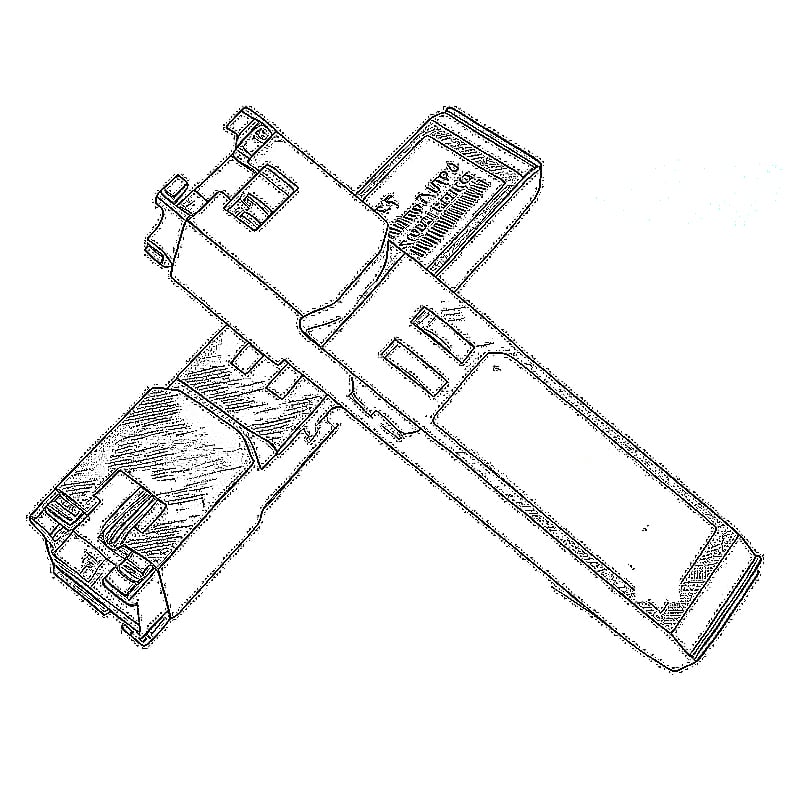
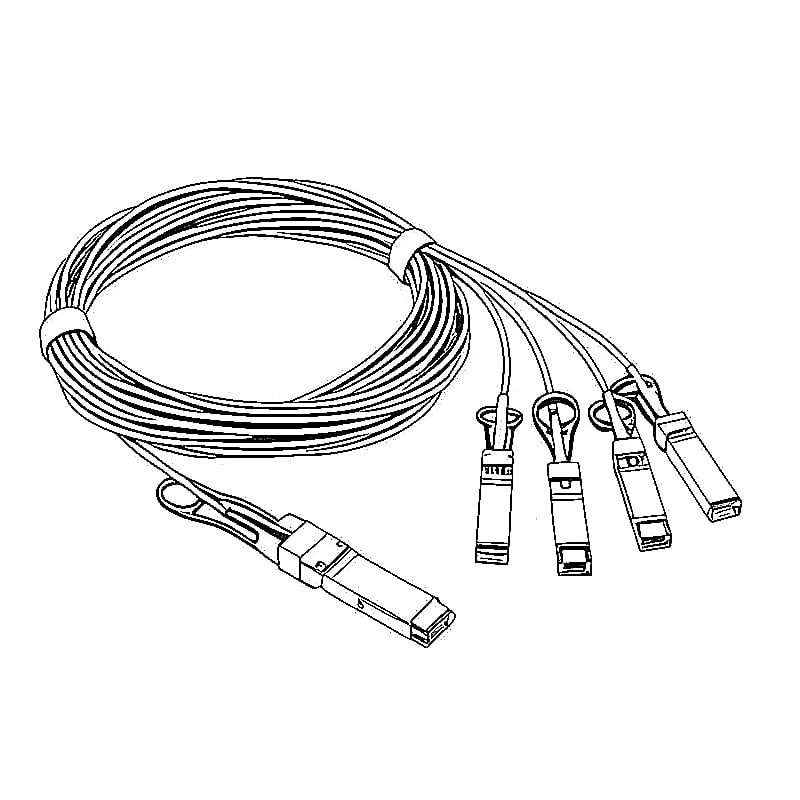
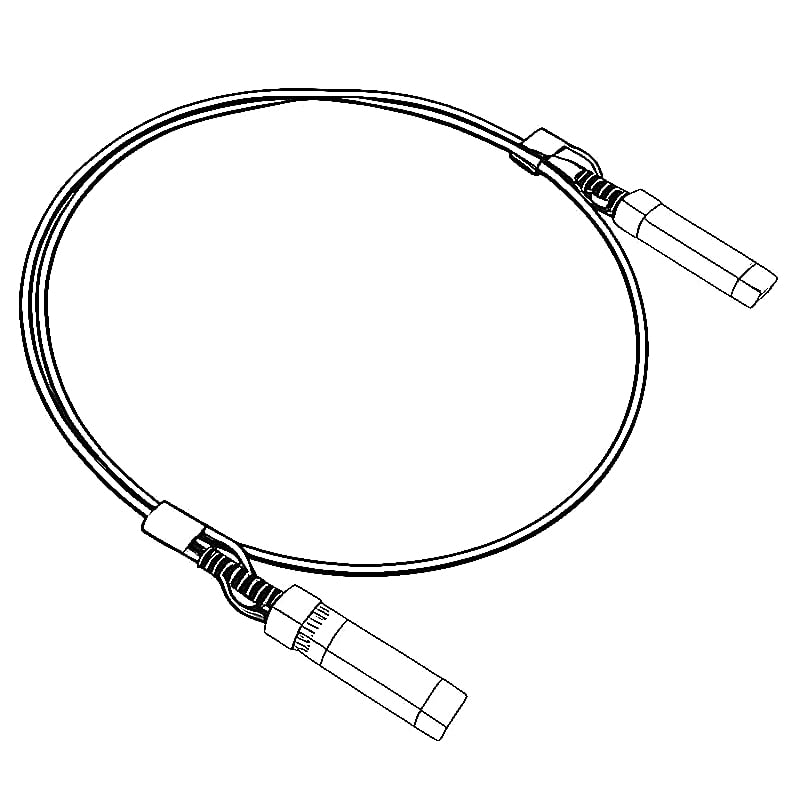
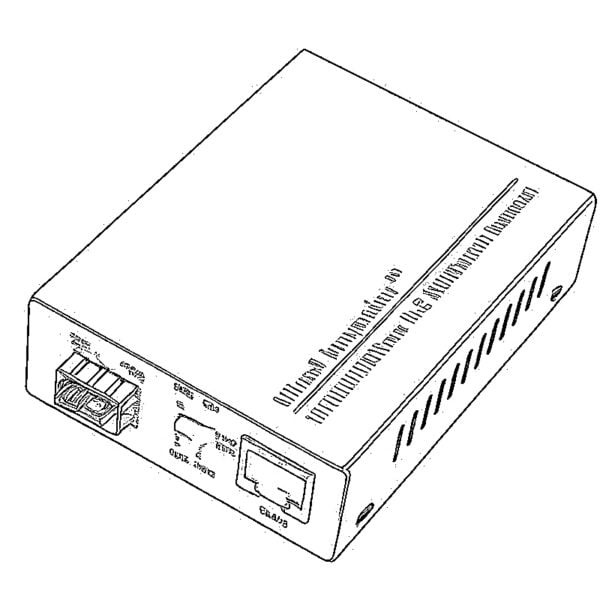
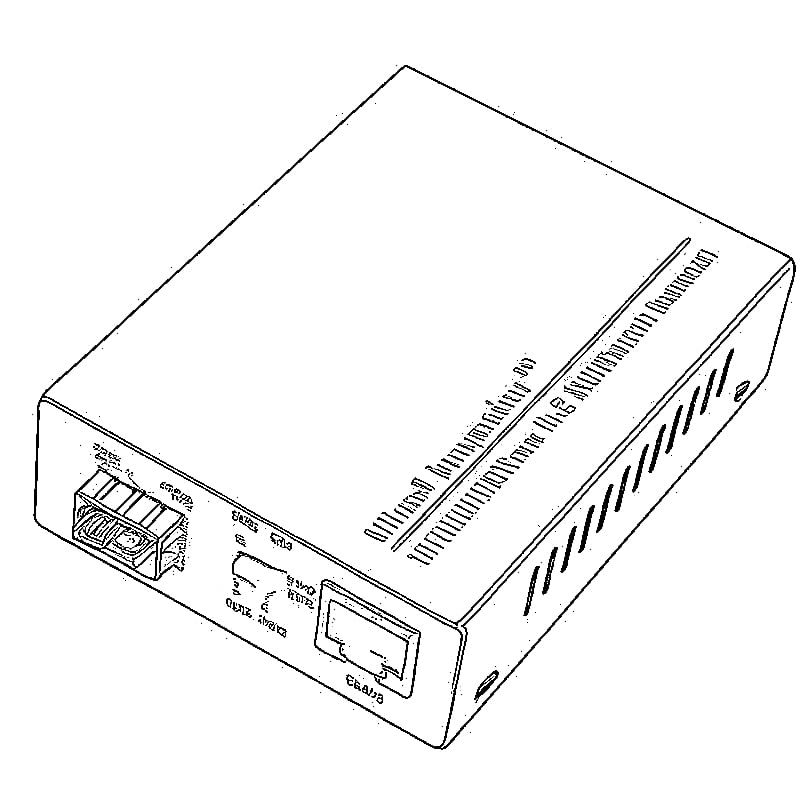
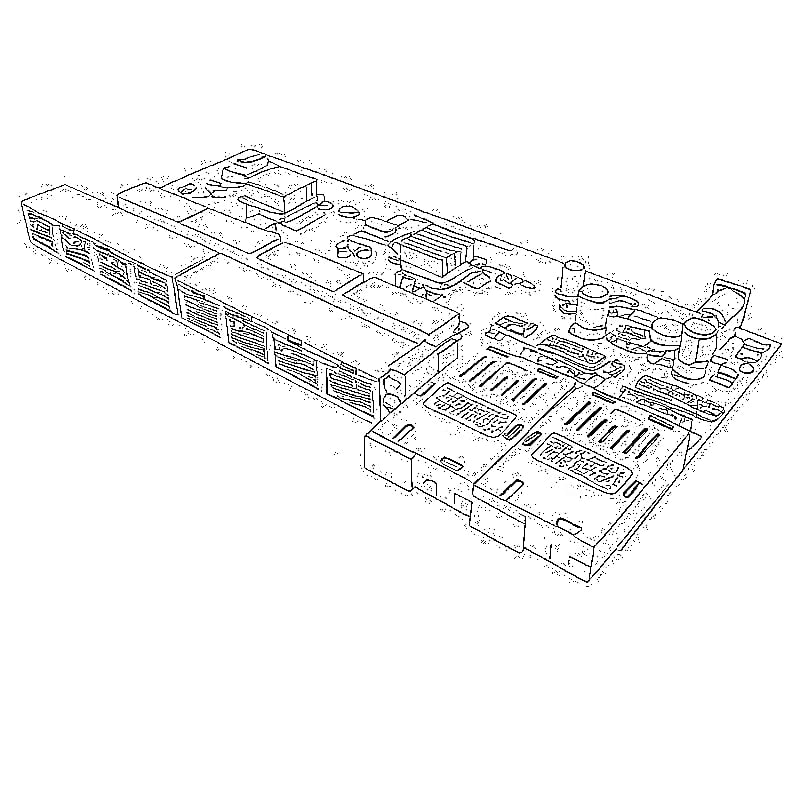
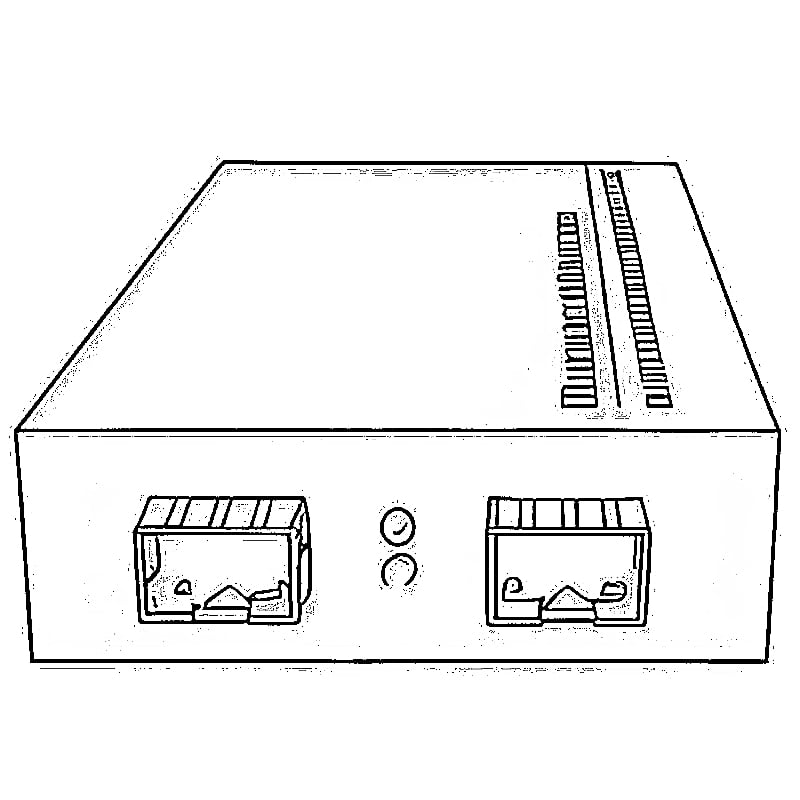
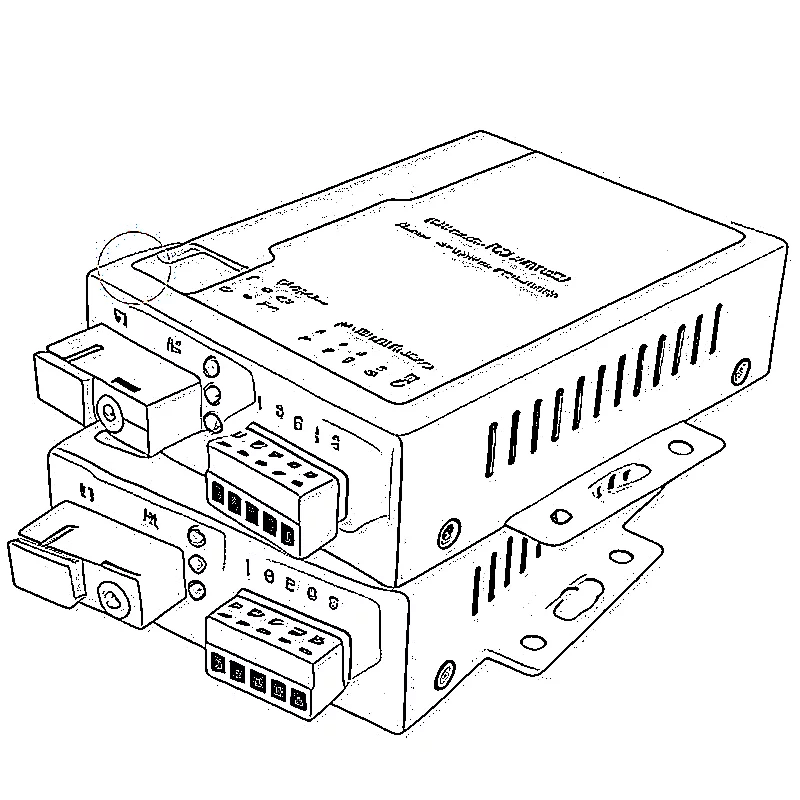
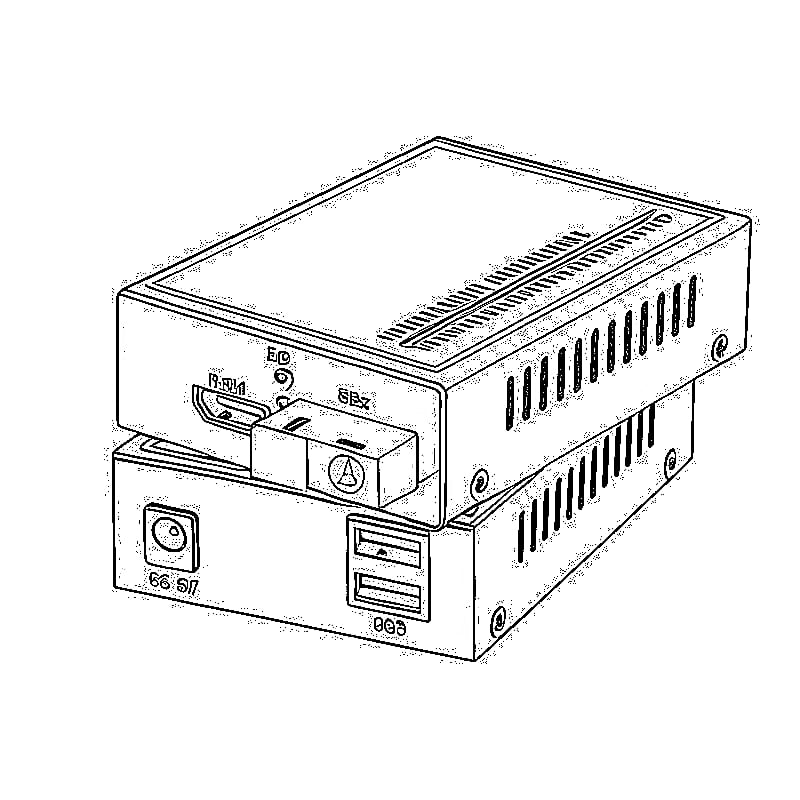

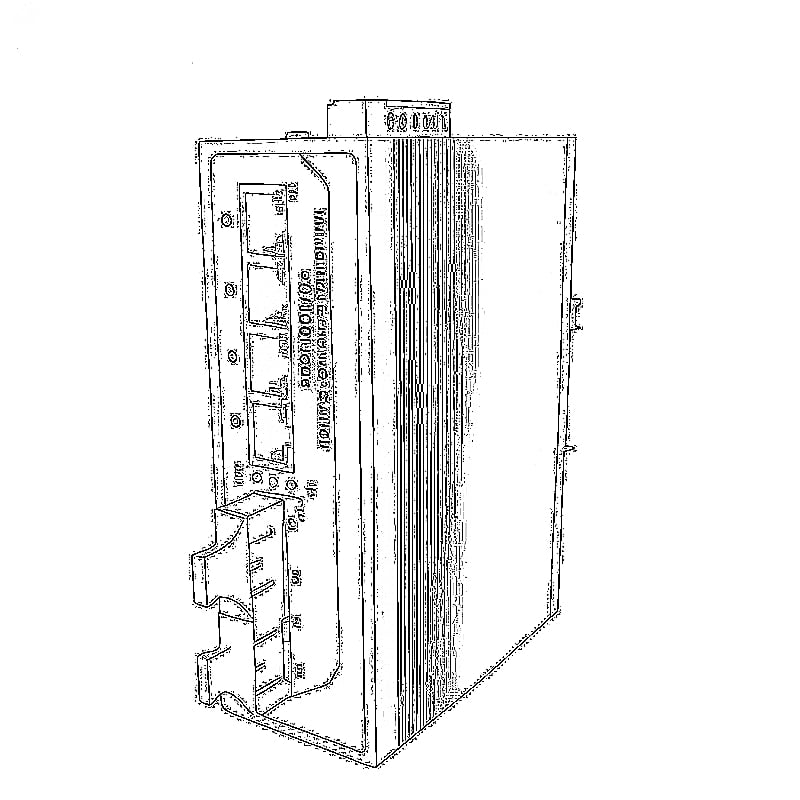
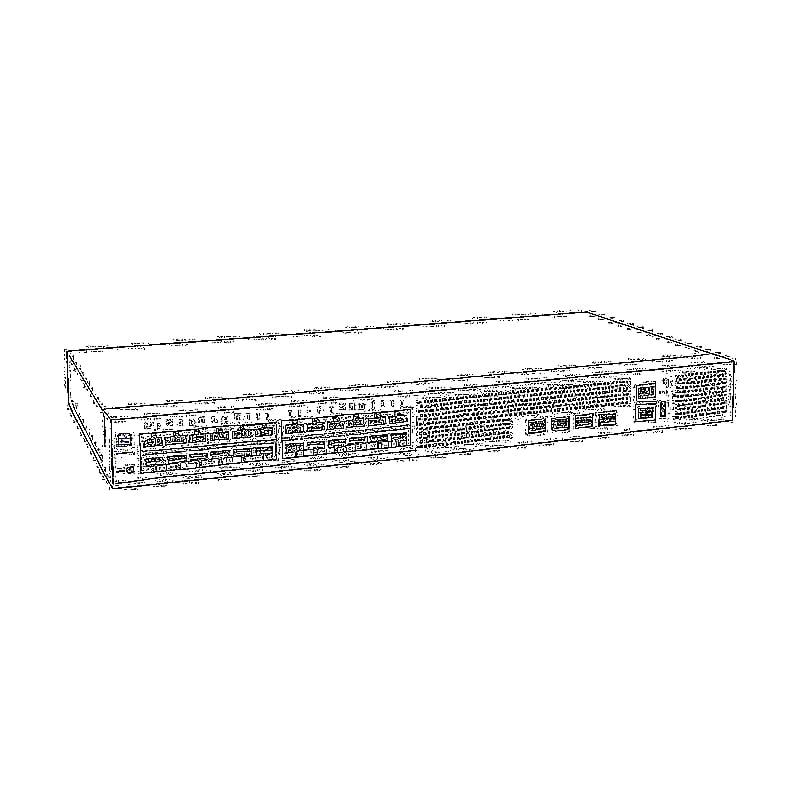
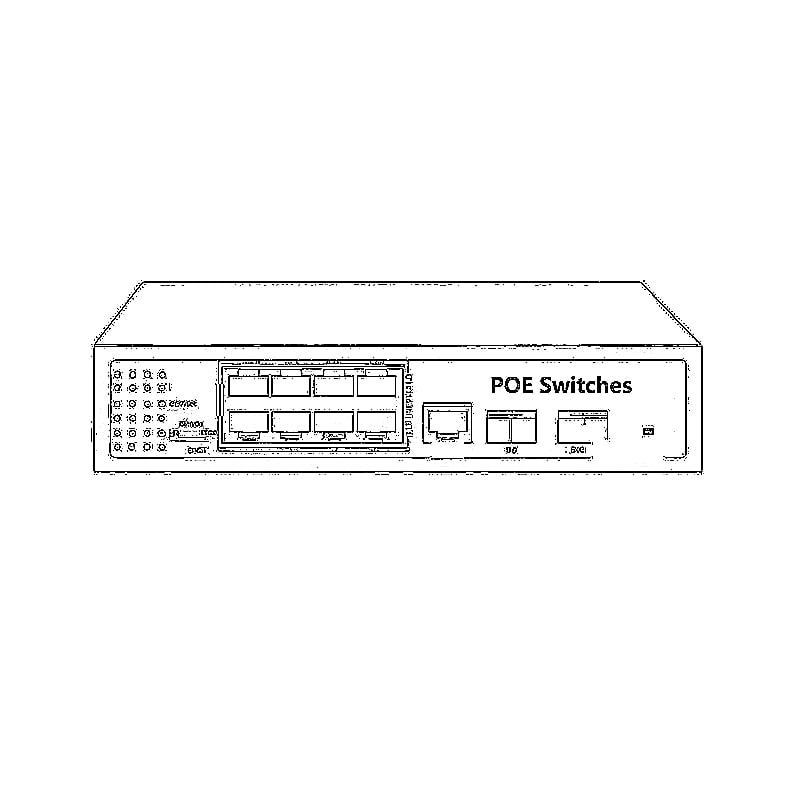
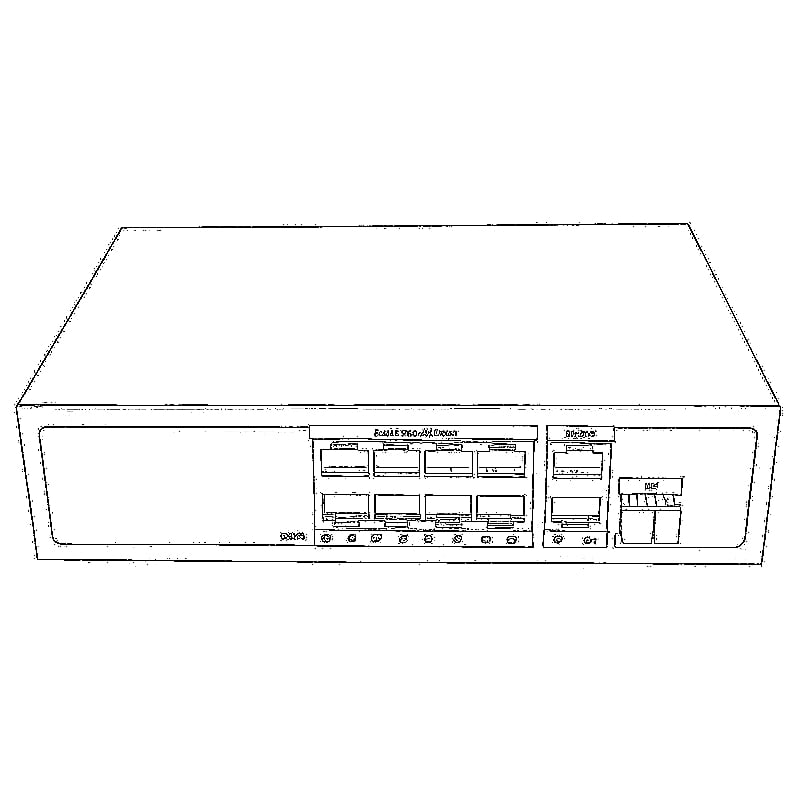
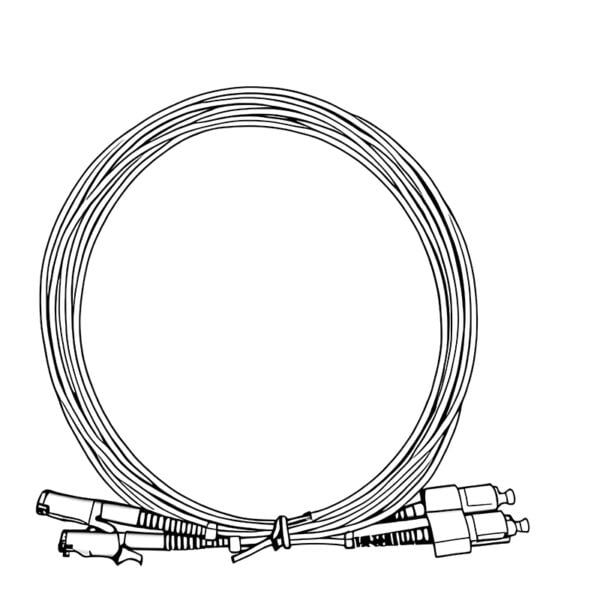
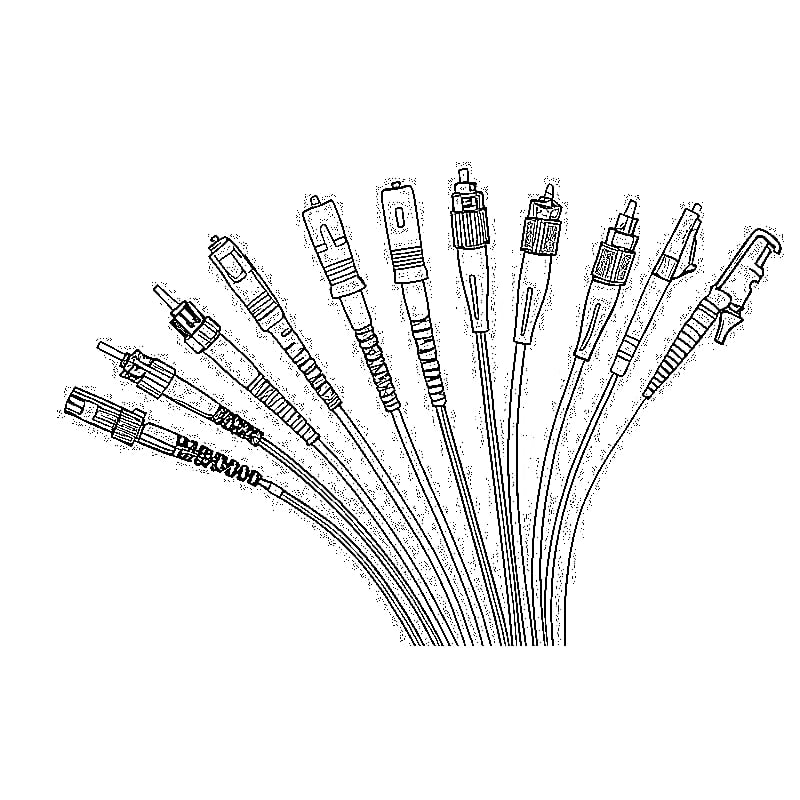
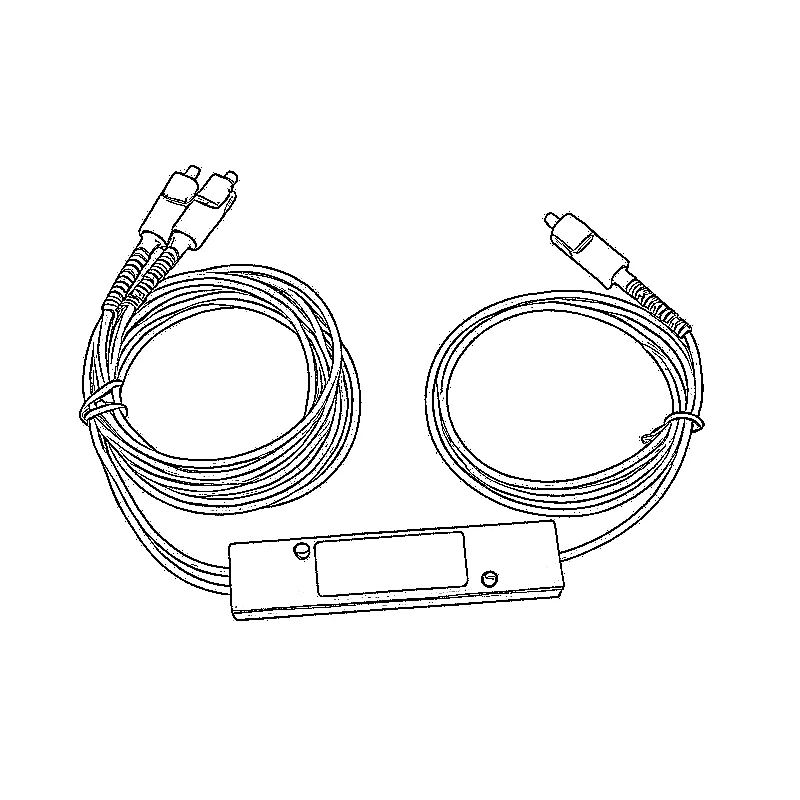
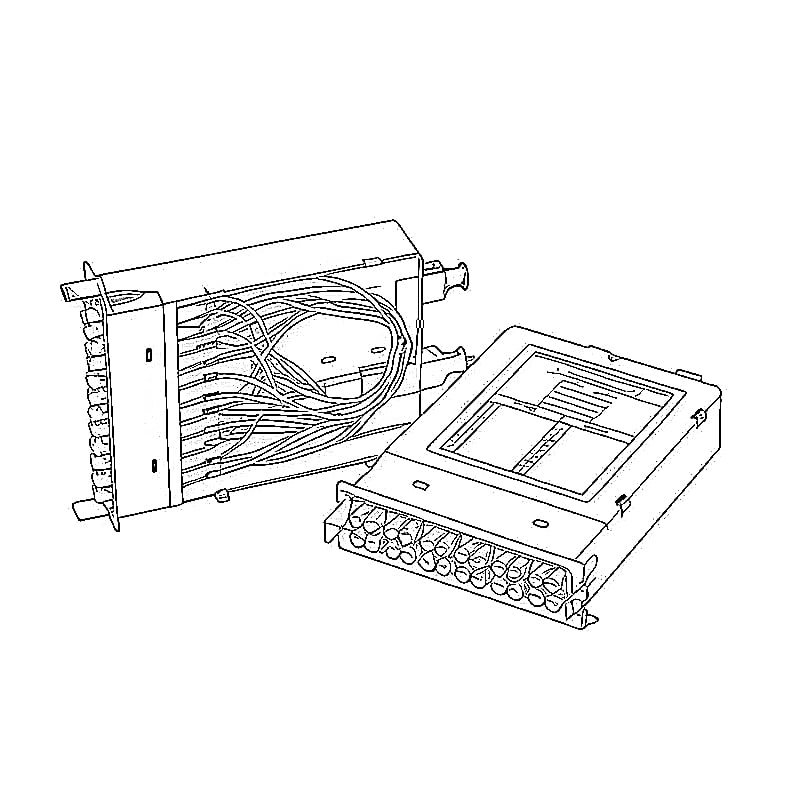
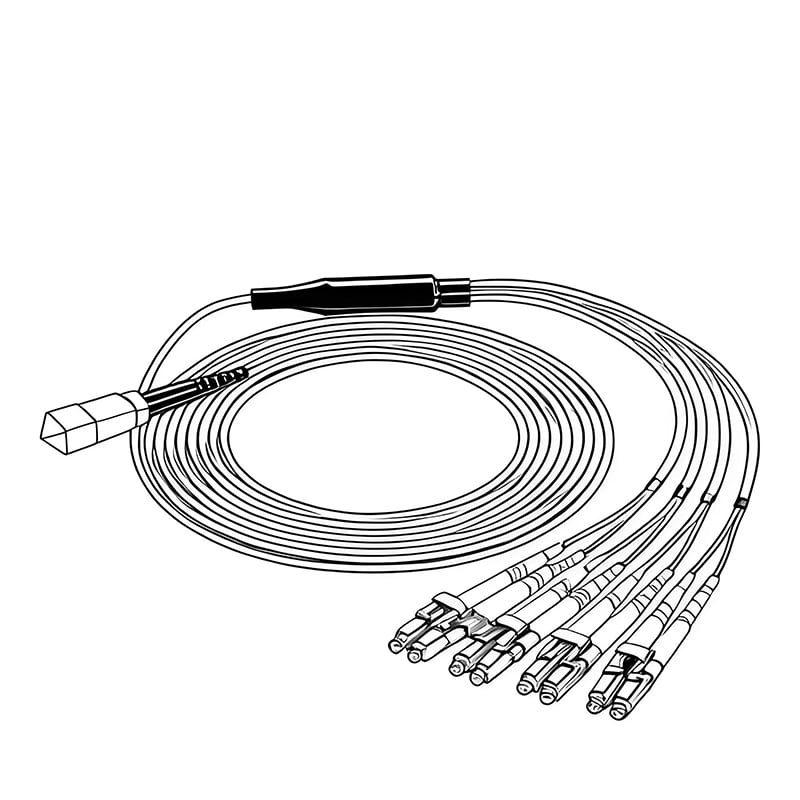
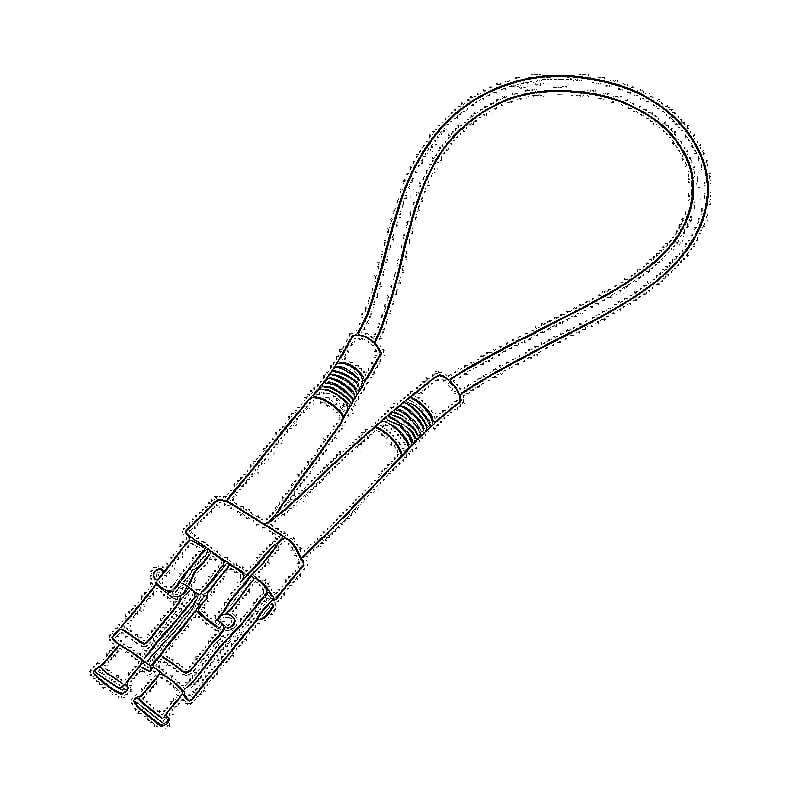
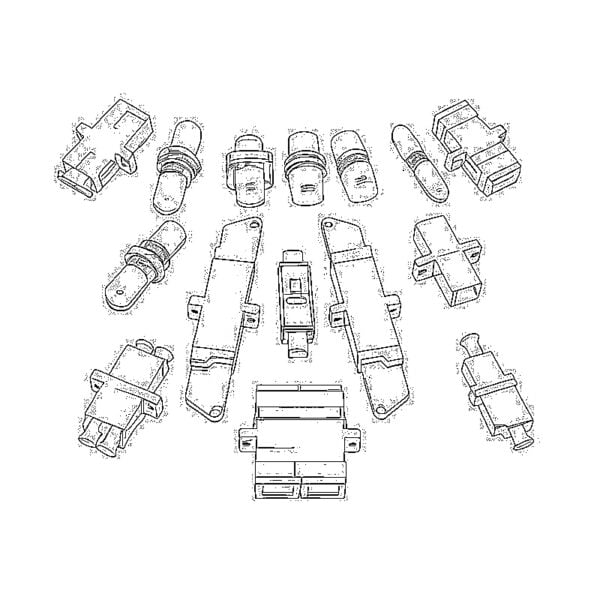
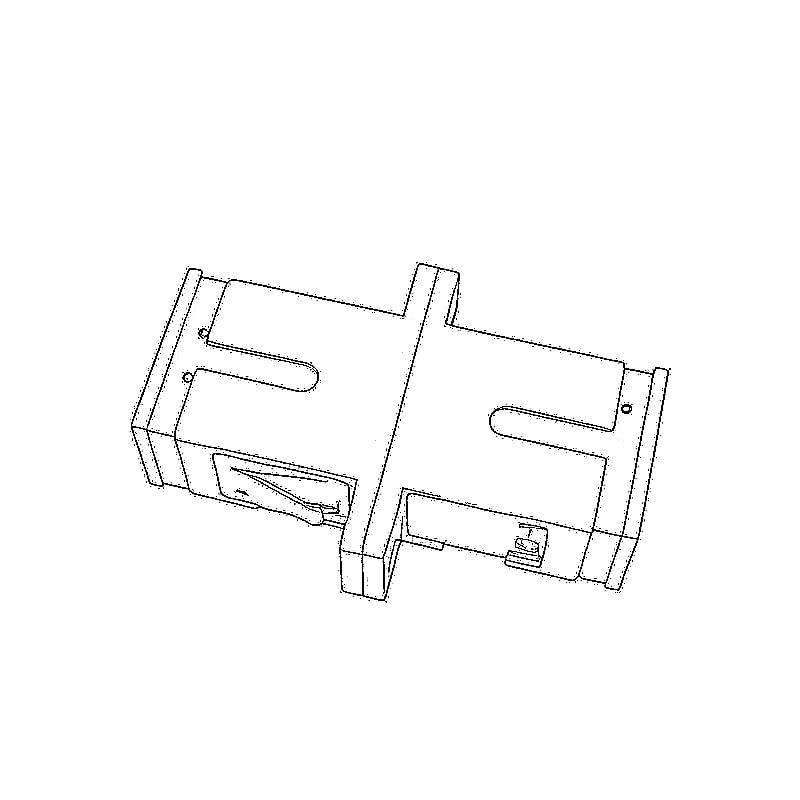
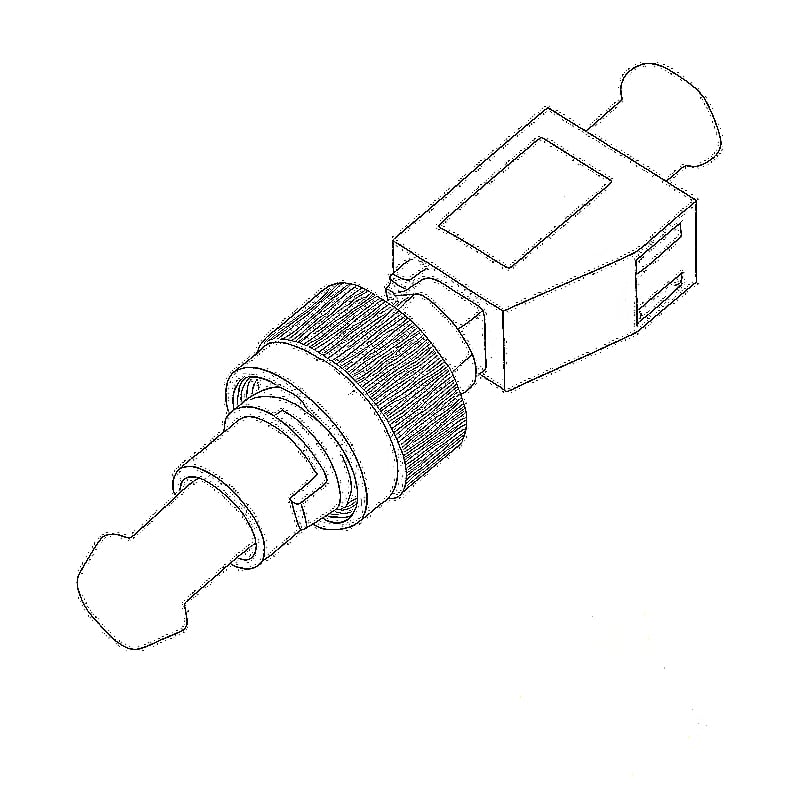
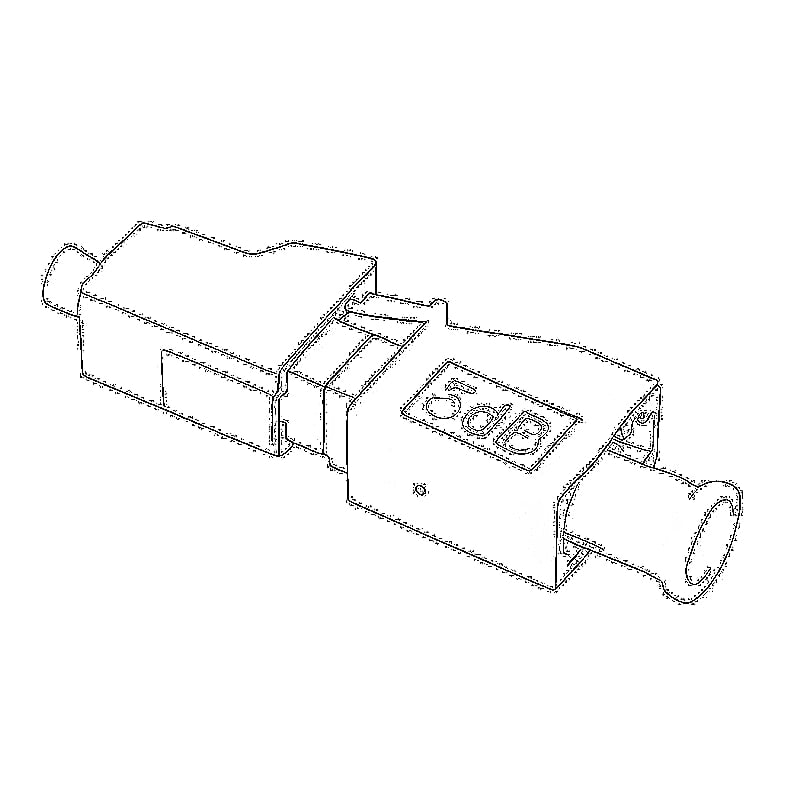
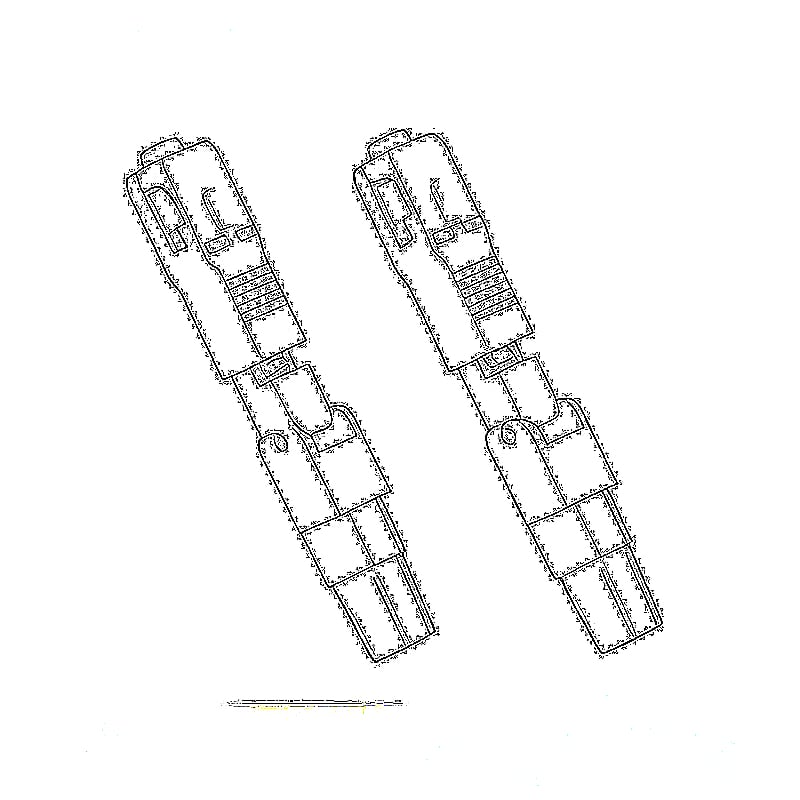
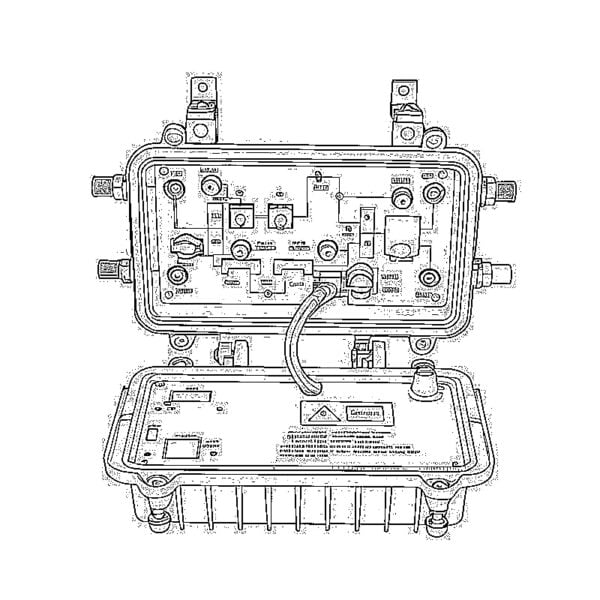
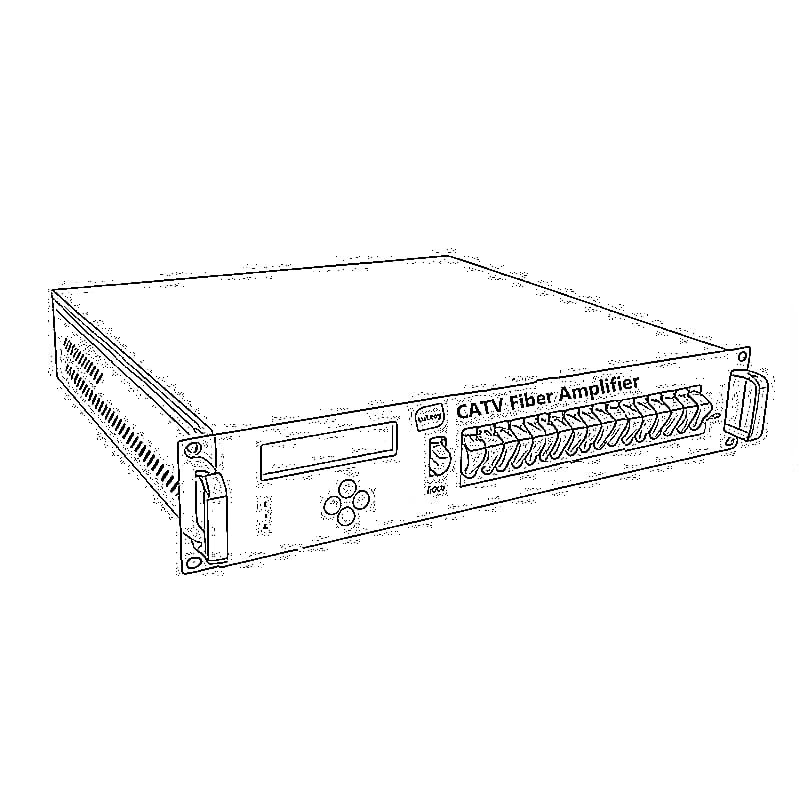
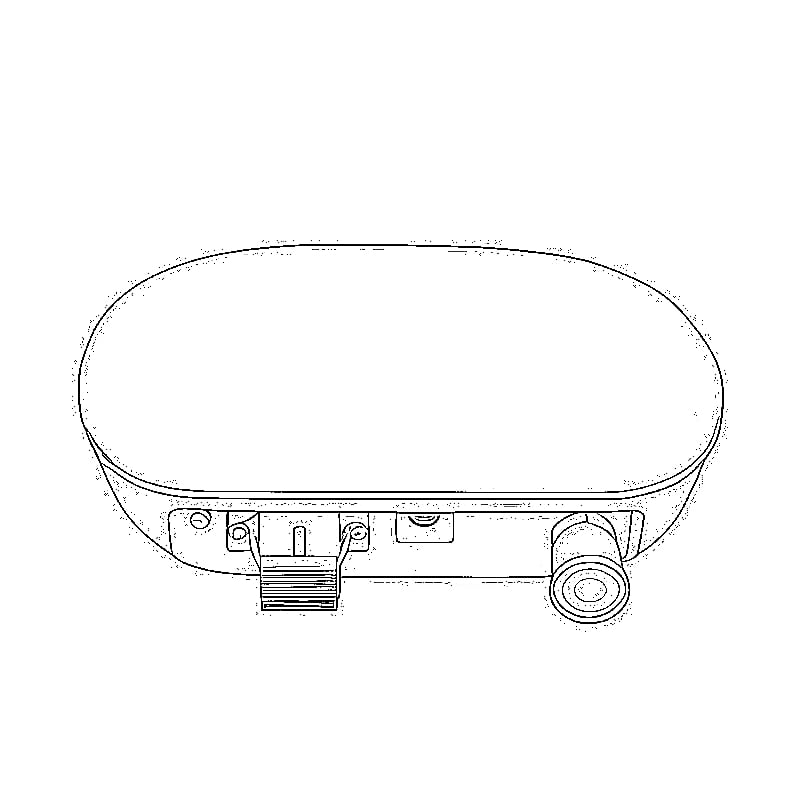
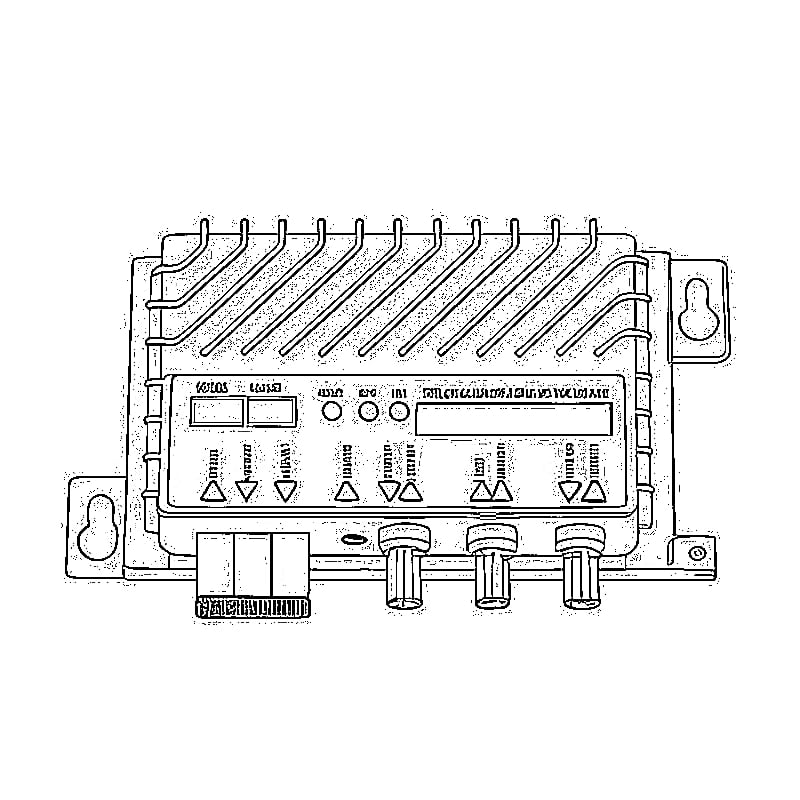

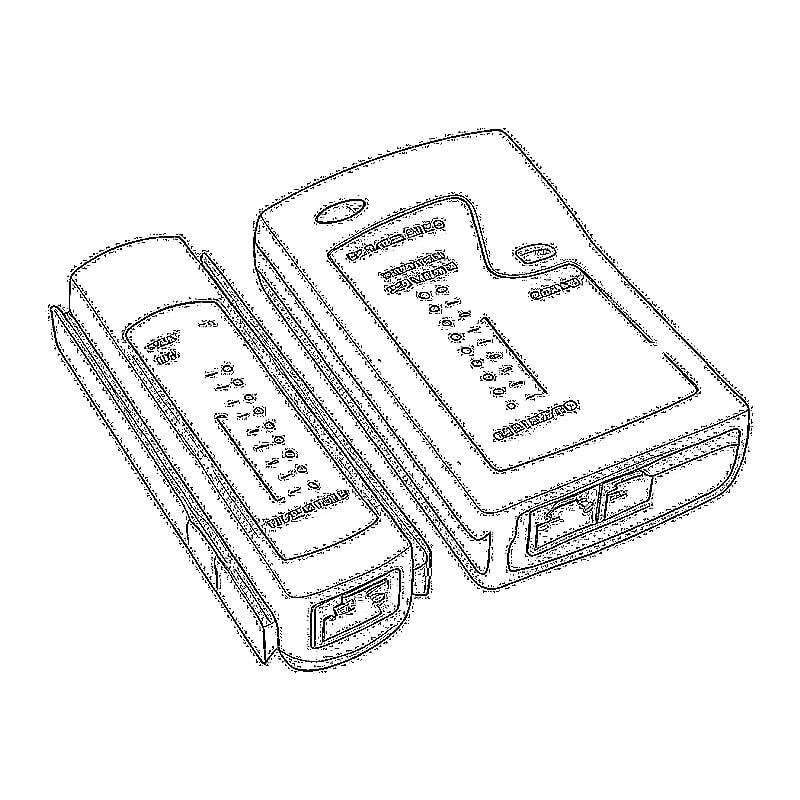
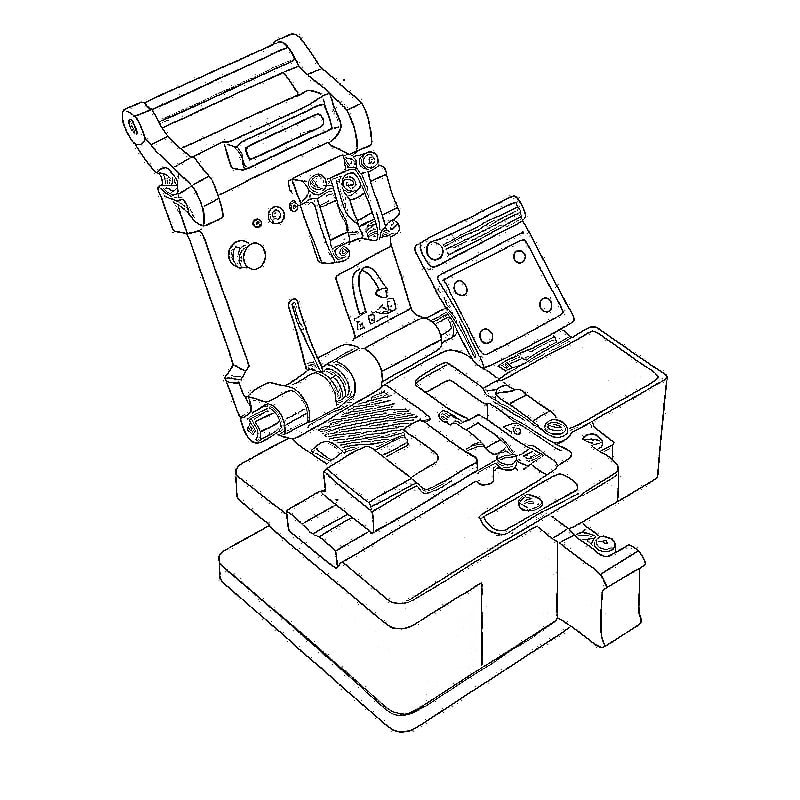
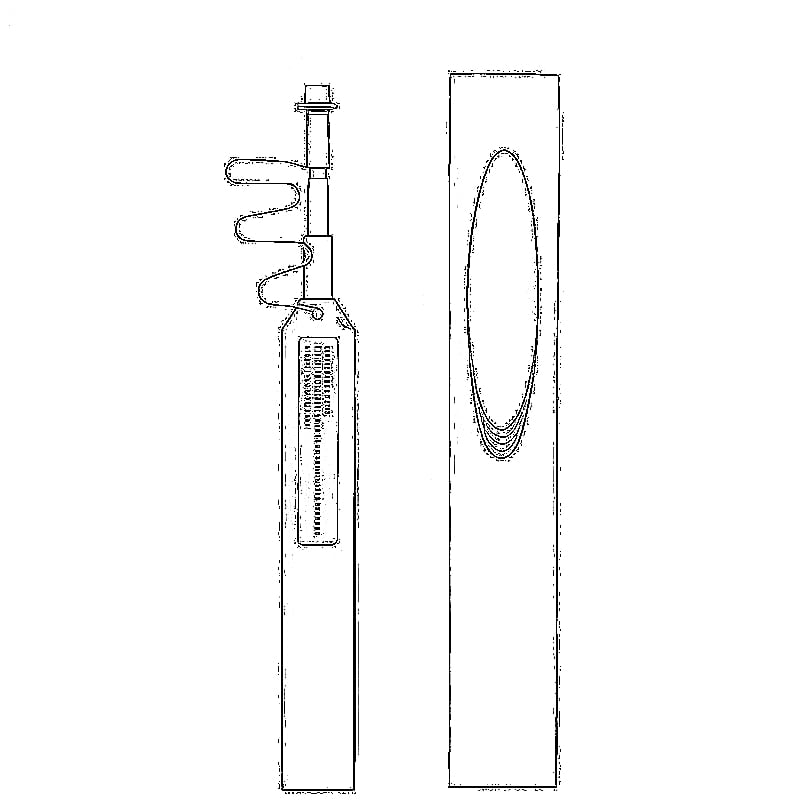
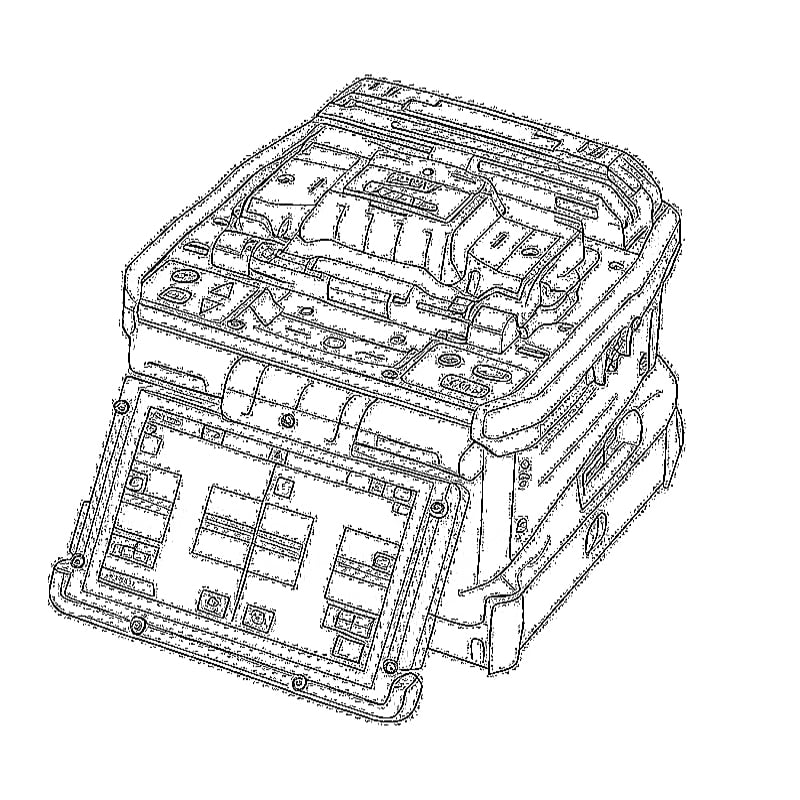
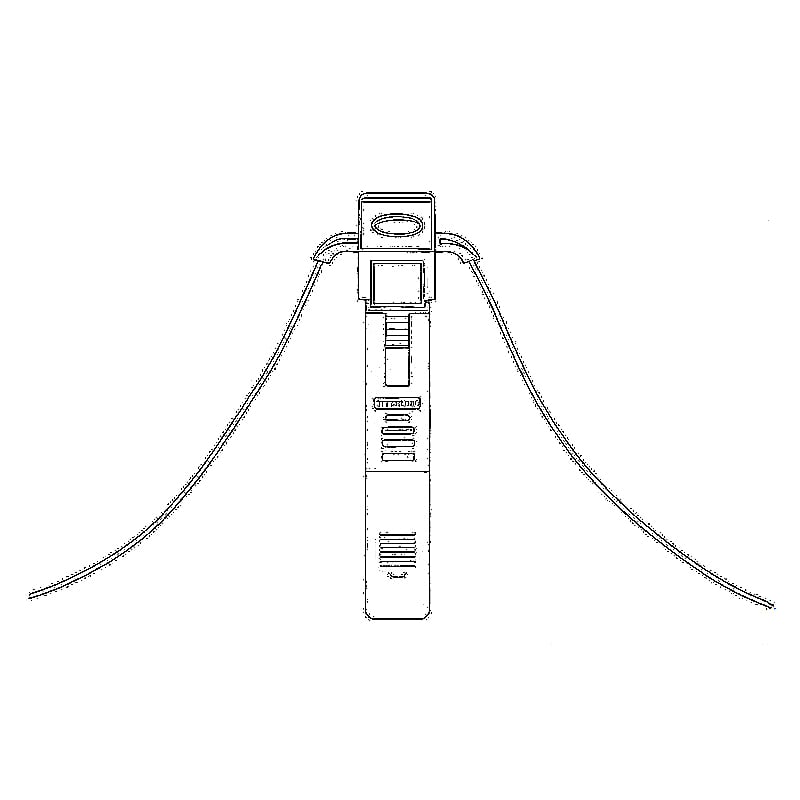
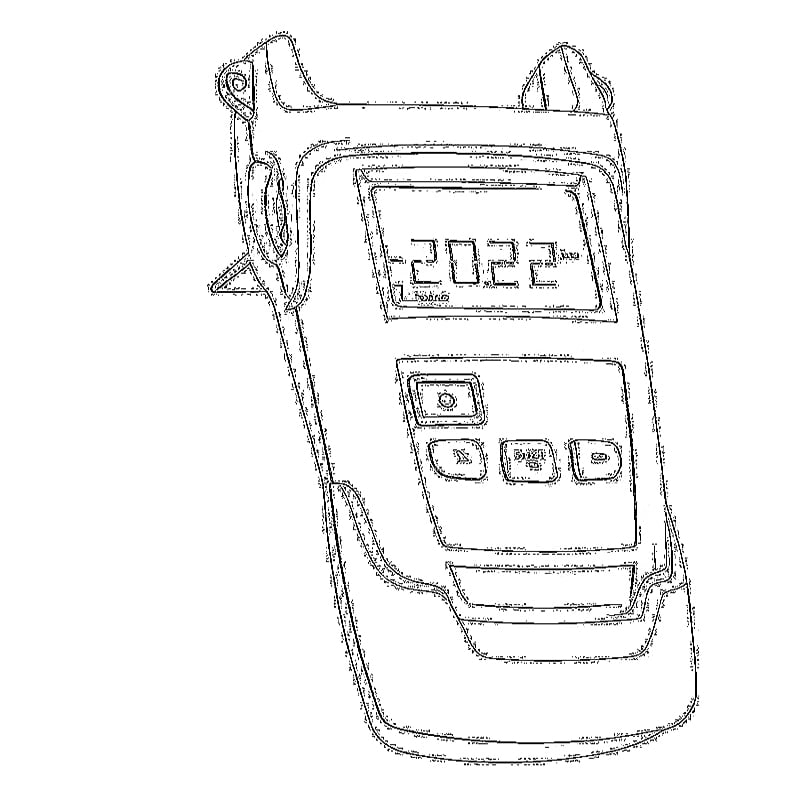
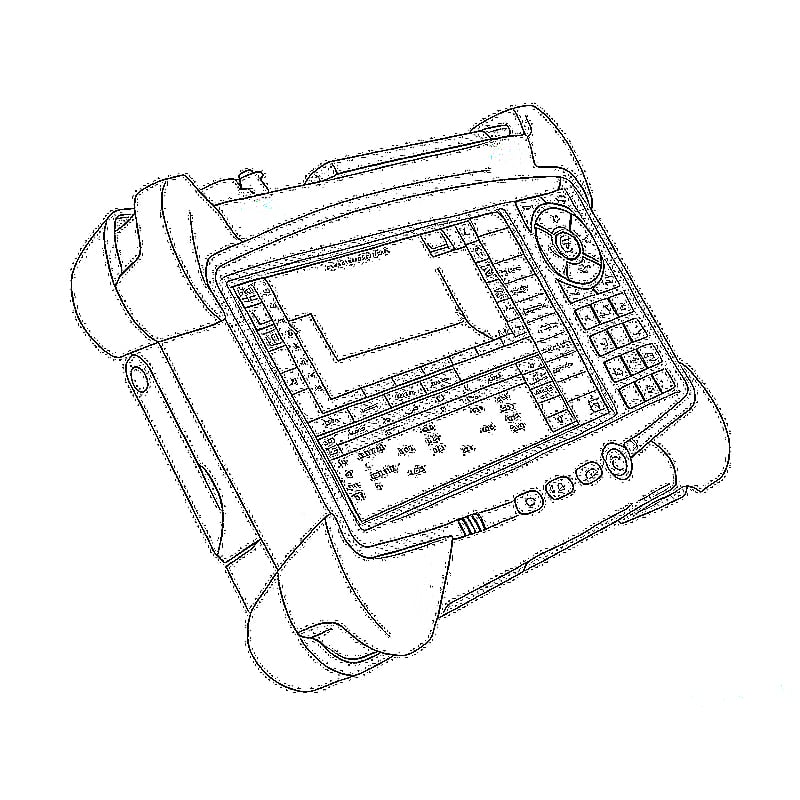
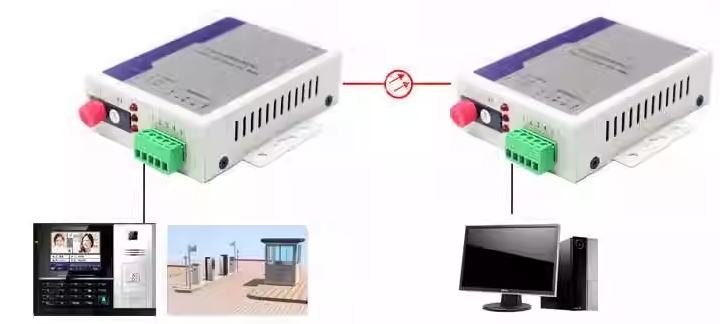
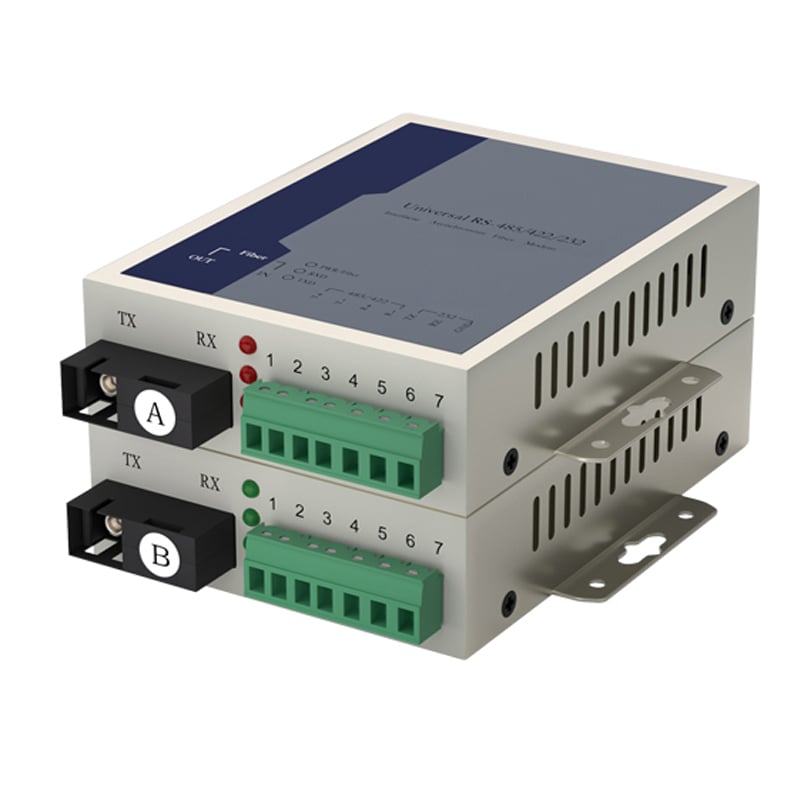
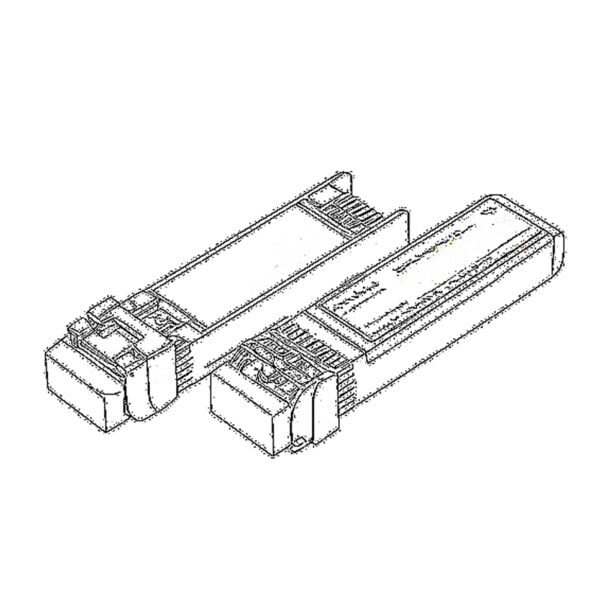 SFP/SFP+ (1G/2.5G/5G/10G)
SFP/SFP+ (1G/2.5G/5G/10G)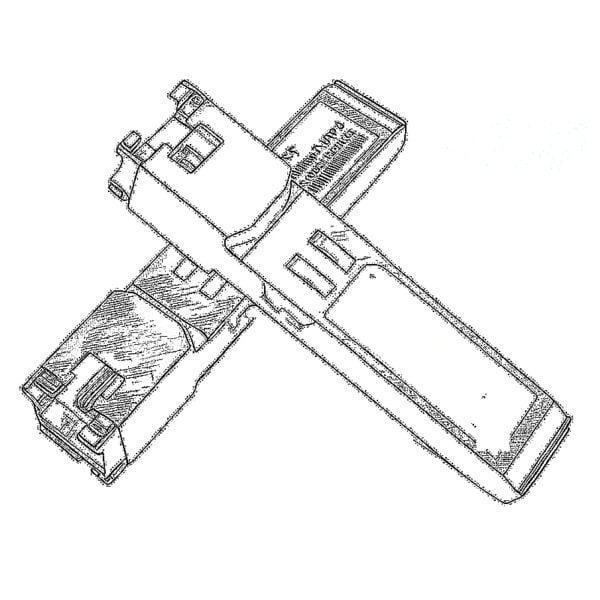 SFP-T (1G/2.5G/10G)
SFP-T (1G/2.5G/10G)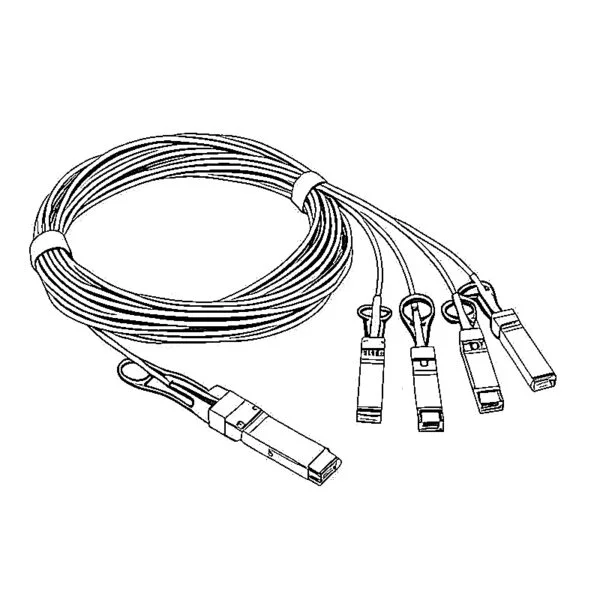 AOC Cable 10G/25G/40G/100G
AOC Cable 10G/25G/40G/100G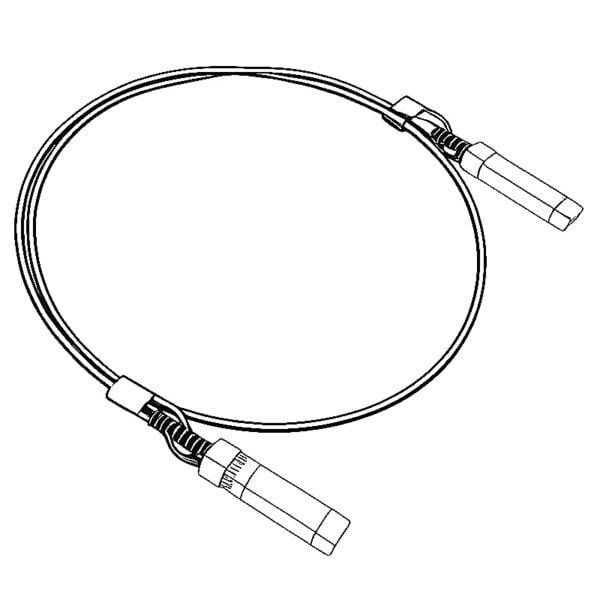 DAC Cable 10G/25G/40G/100G
DAC Cable 10G/25G/40G/100G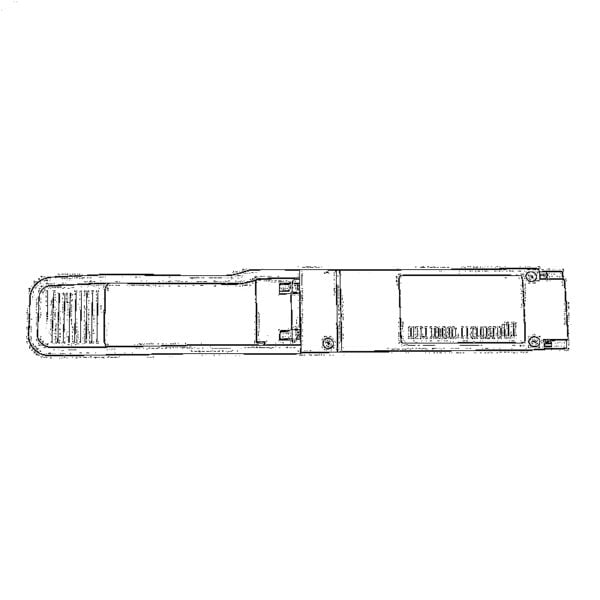 QSFP28 QSFP+ SFP28 100G/40G/25G
QSFP28 QSFP+ SFP28 100G/40G/25G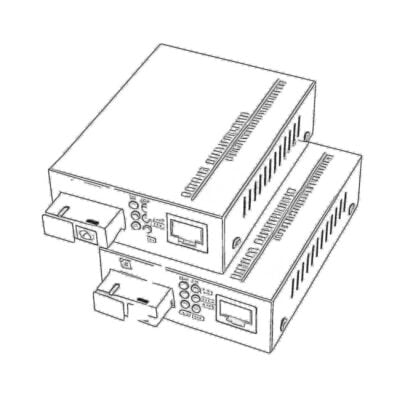 Copper to Fiber Media Converters
Copper to Fiber Media Converters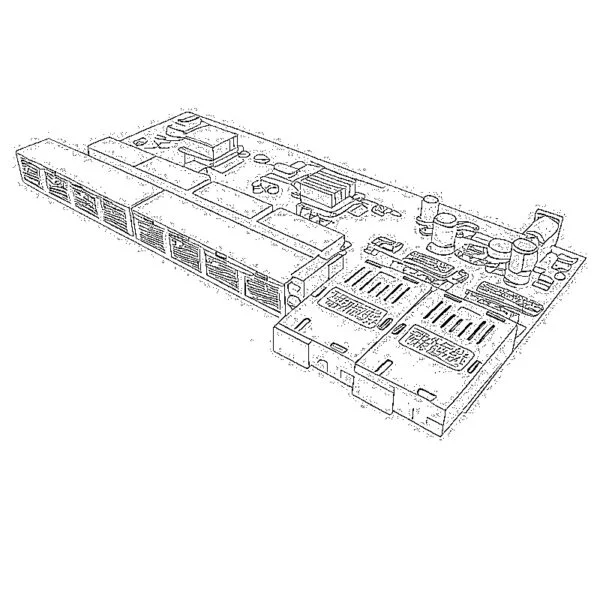 Fiber Media Converter PCBA Board
Fiber Media Converter PCBA Board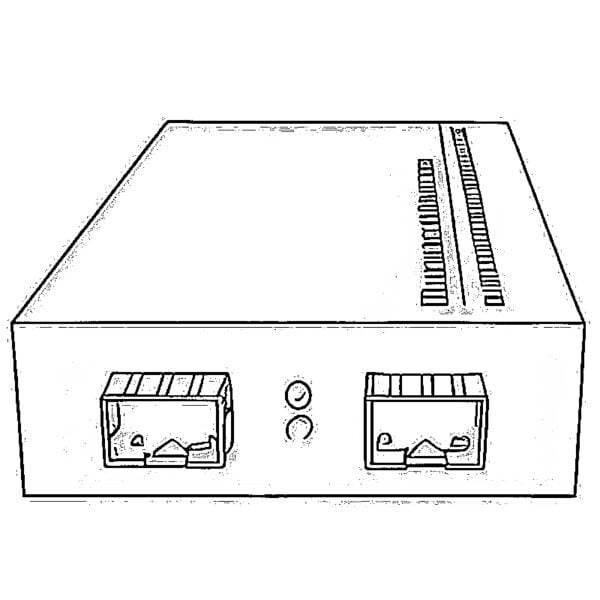 OEO Fiber Media Converters
OEO Fiber Media Converters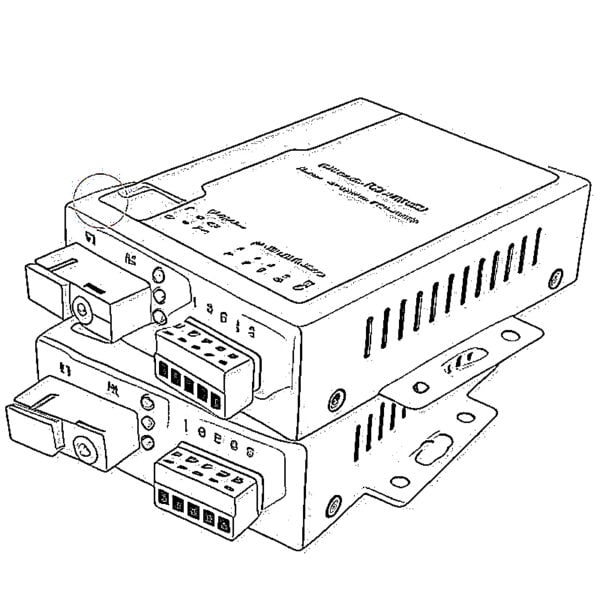 Serial to Fiber Media Converters
Serial to Fiber Media Converters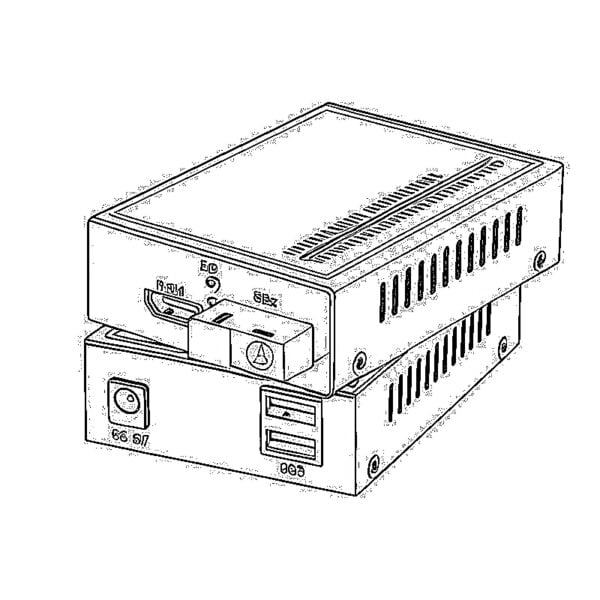 Video to Fiber Media Converters
Video to Fiber Media Converters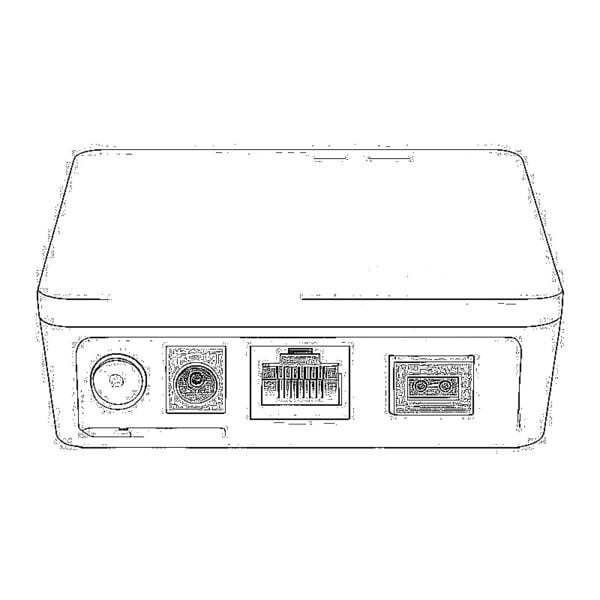 1000M GPON/EPON ONU
1000M GPON/EPON ONU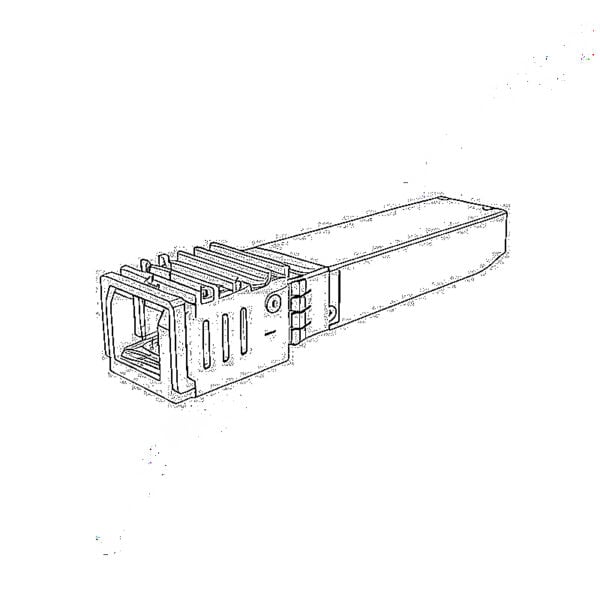 10G EPON ONU/XG-PON/XGS-PON
10G EPON ONU/XG-PON/XGS-PON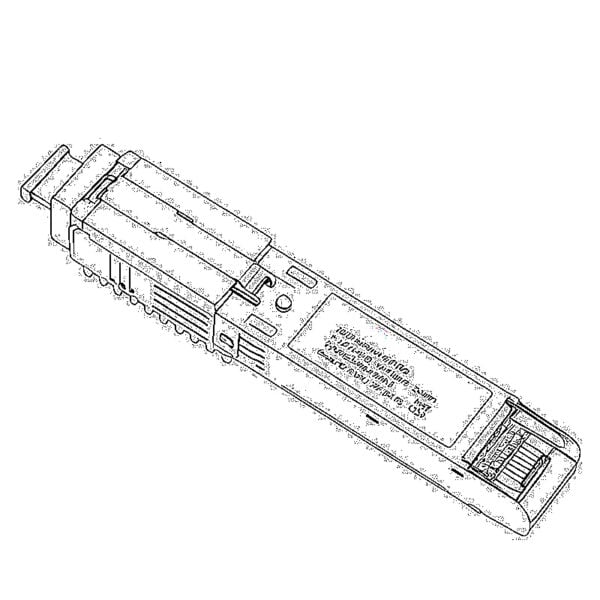 2.5G GPON/XPON STICK SFP ONU
2.5G GPON/XPON STICK SFP ONU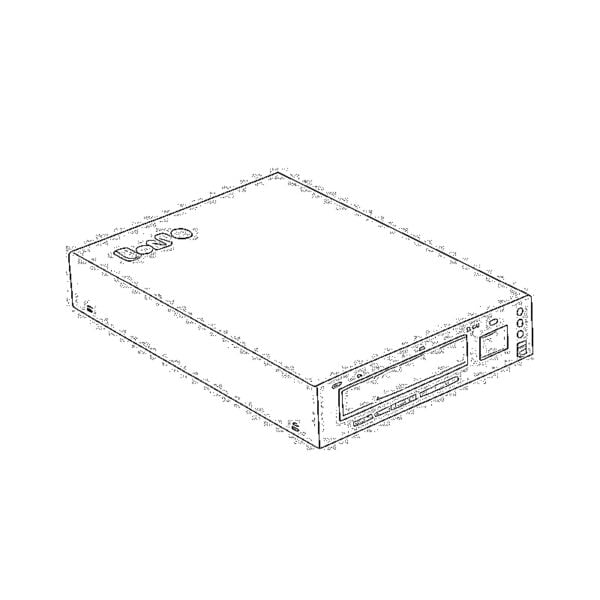 POE GPON/EPON ONU
POE GPON/EPON ONU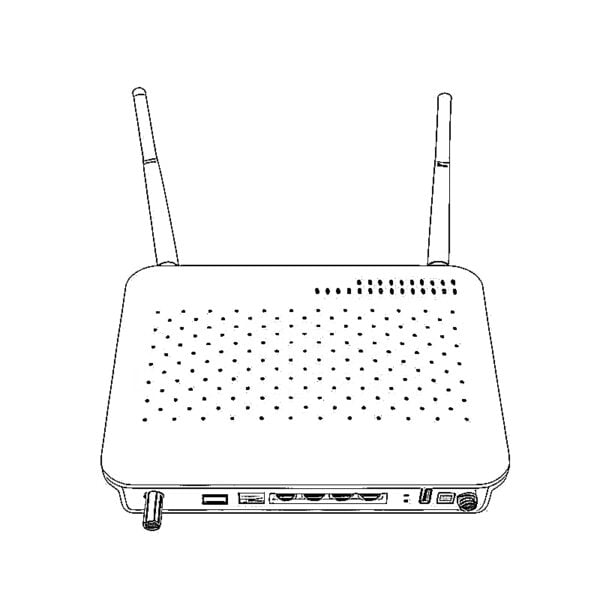 Wireless GPON/EPON ONT
Wireless GPON/EPON ONT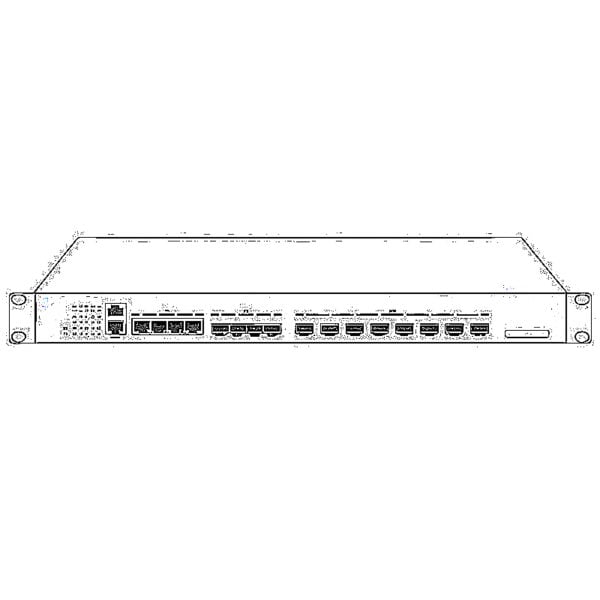 EPON OLT
EPON OLT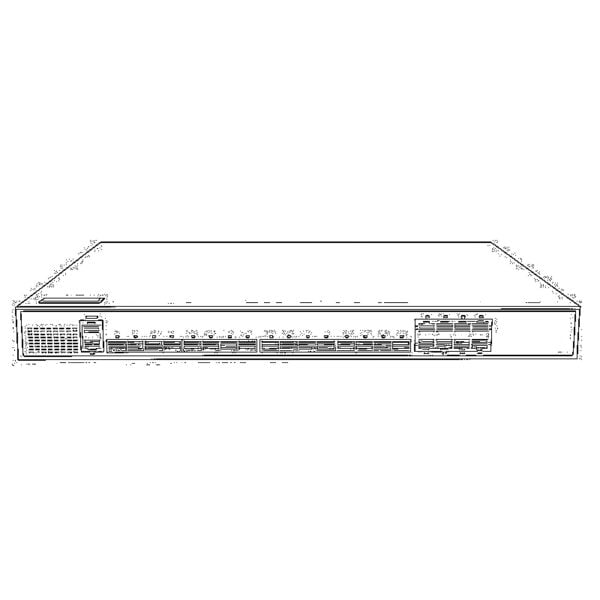 GPON OLT
GPON OLT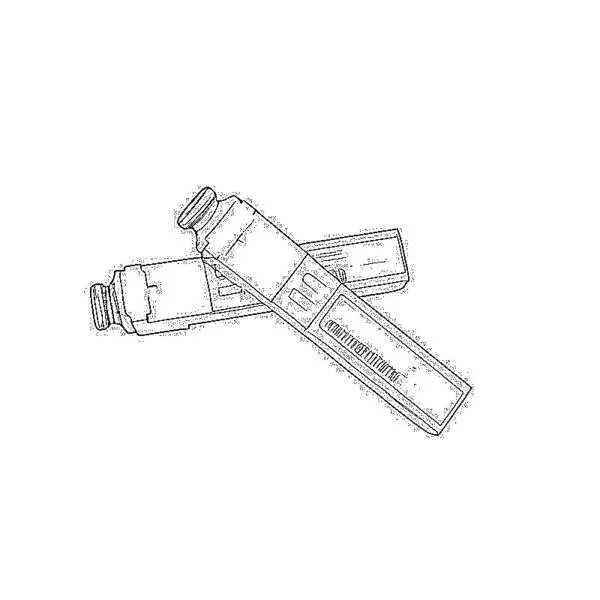 SFP PON Module
SFP PON Module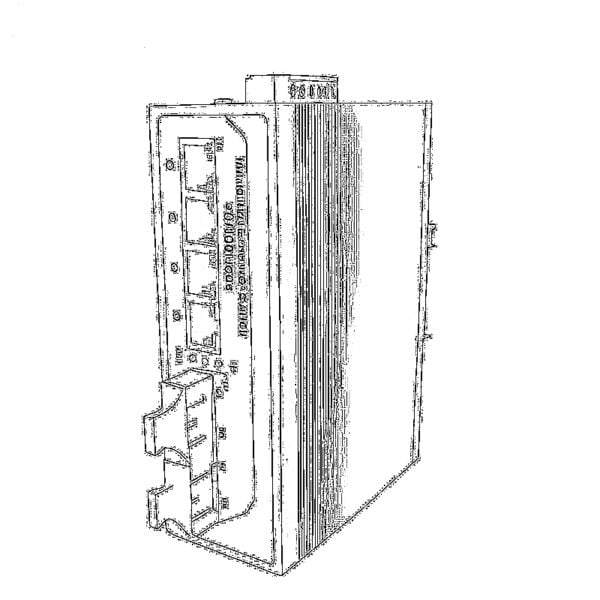 Industrial Switches
Industrial Switches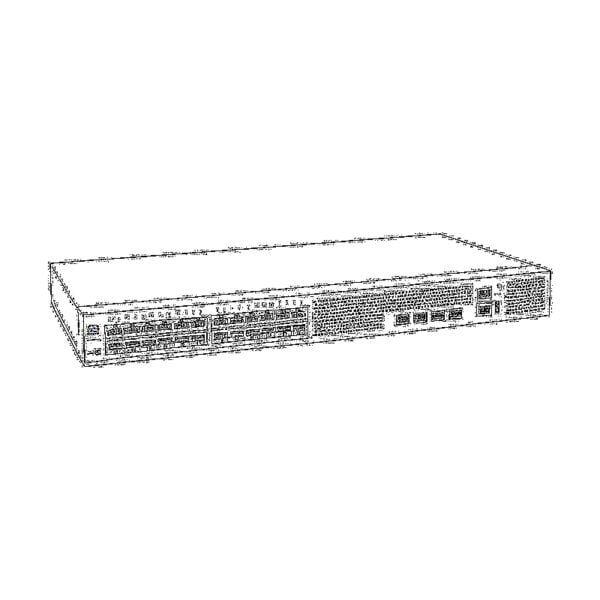 Managed Switches
Managed Switches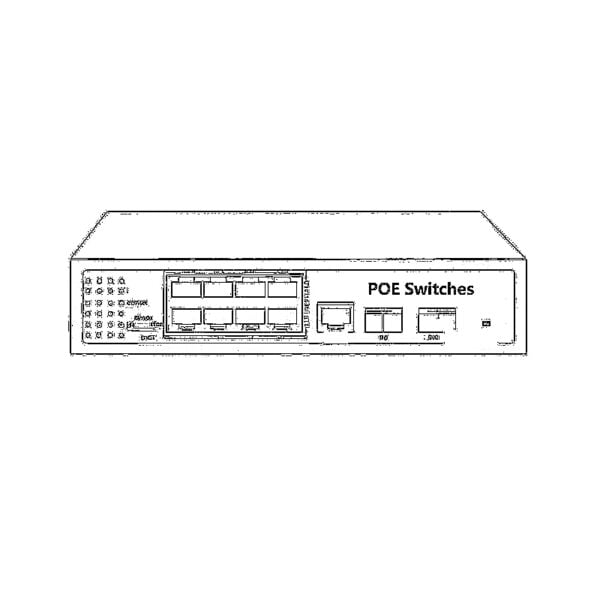 POE Switches
POE Switches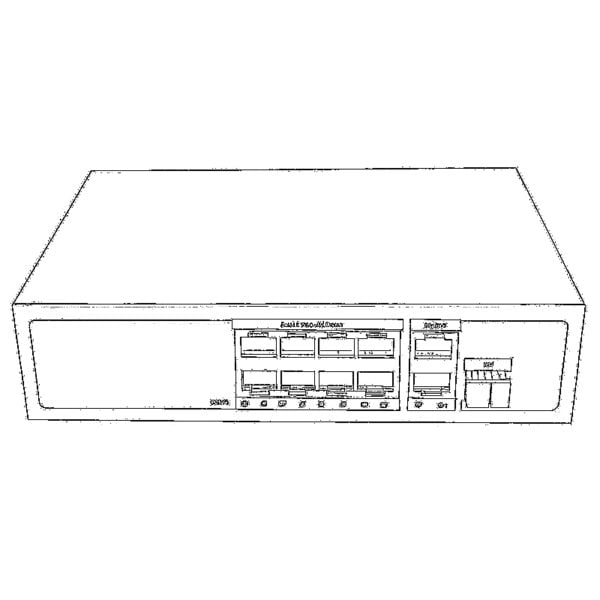 Unmanaged Switches
Unmanaged Switches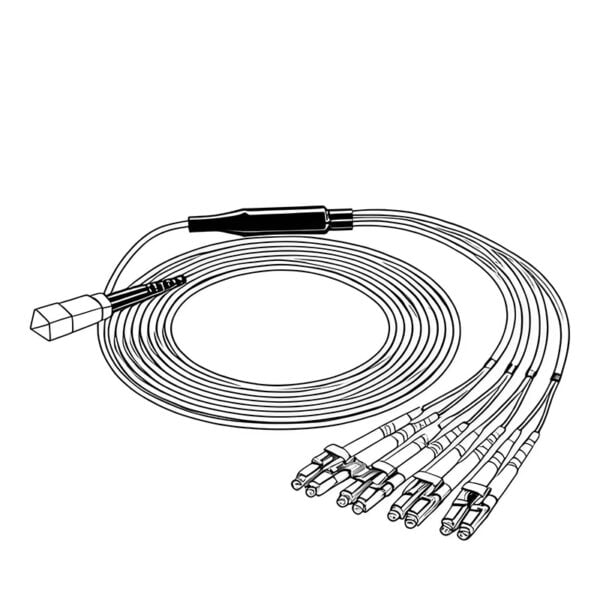 MTP/MPO Fiber Cables
MTP/MPO Fiber Cables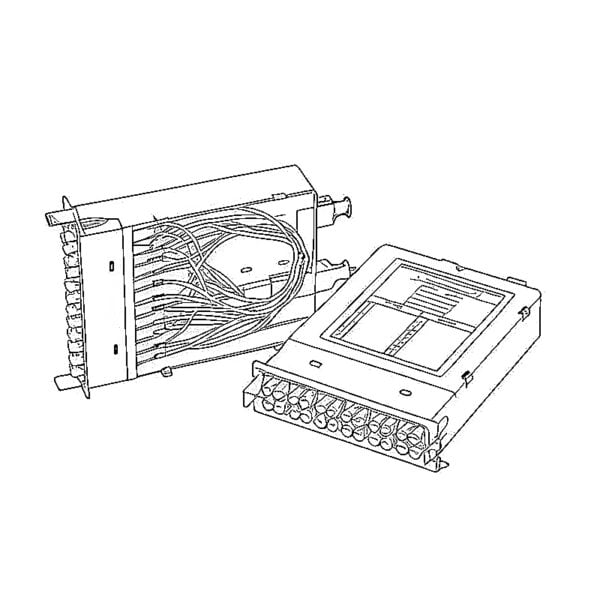 Fiber Optic Cassettes
Fiber Optic Cassettes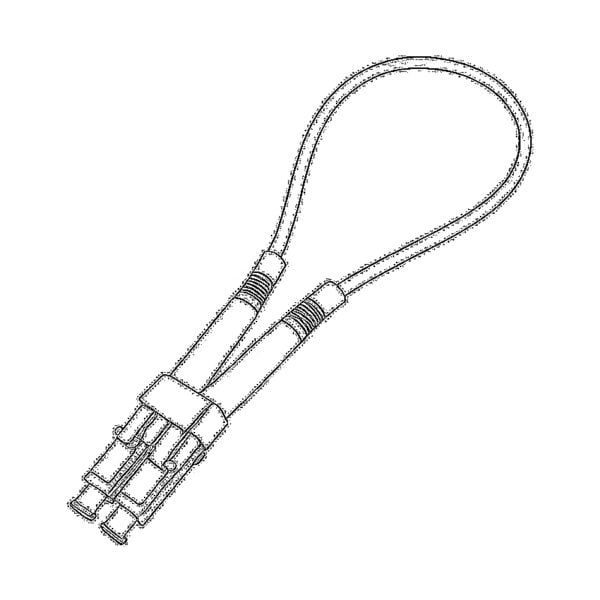 Fiber Optic Loopback
Fiber Optic Loopback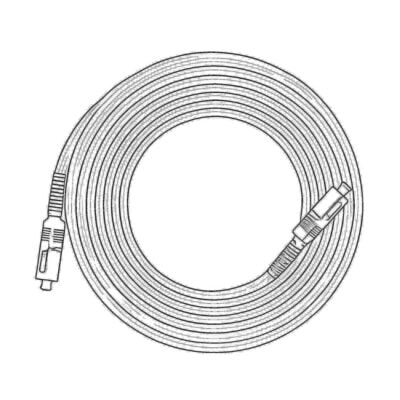 Optic Cables and Fiber Pigtails
Optic Cables and Fiber Pigtails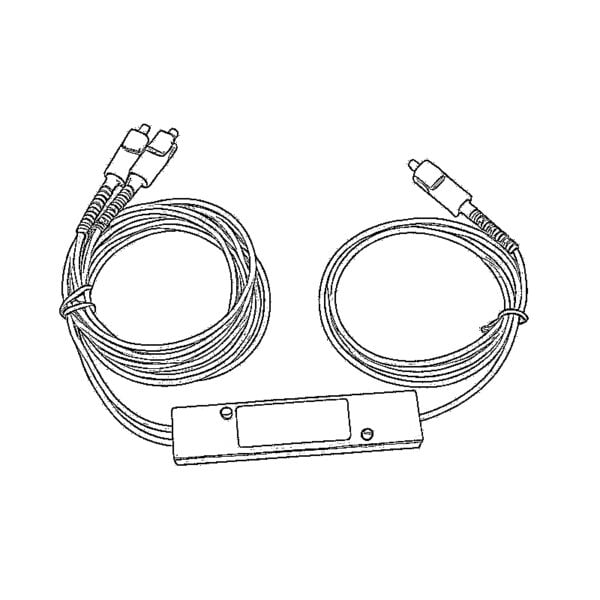 Optical Splitters and Splitter Box
Optical Splitters and Splitter Box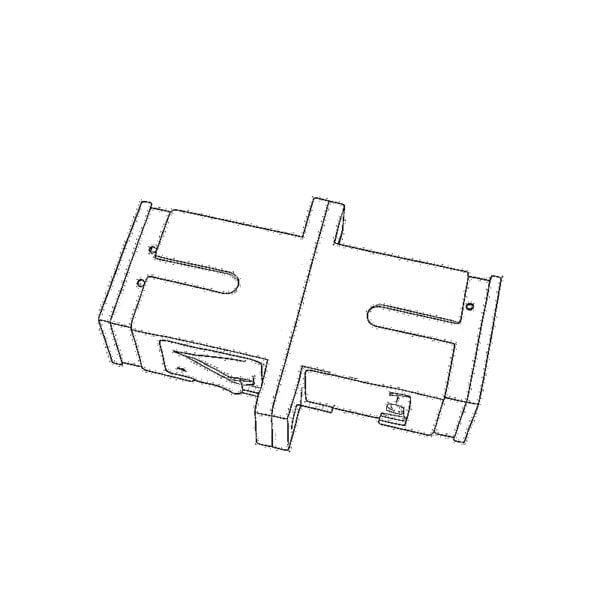 Fiber Flange Connectors
Fiber Flange Connectors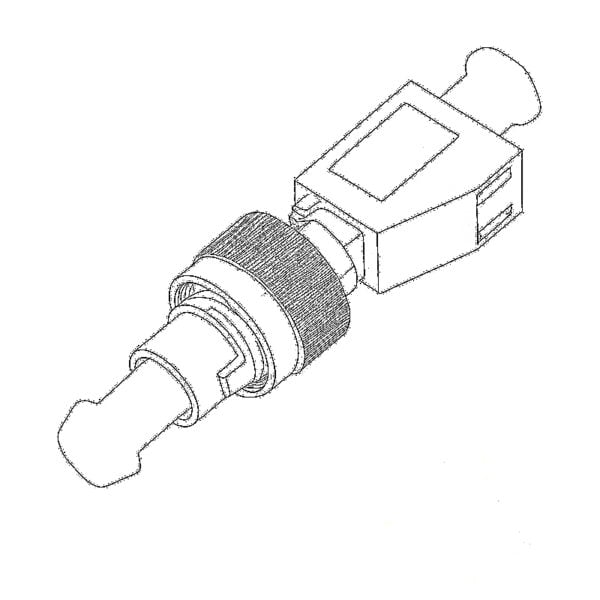 Optical Adapters
Optical Adapters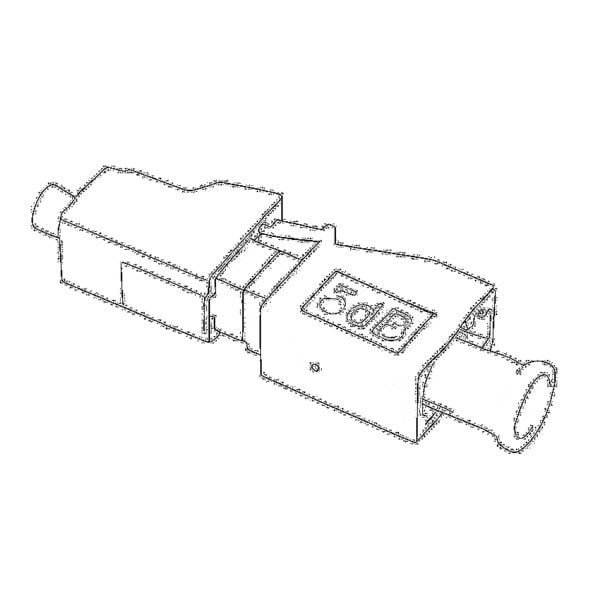 Optical Attenuator
Optical Attenuator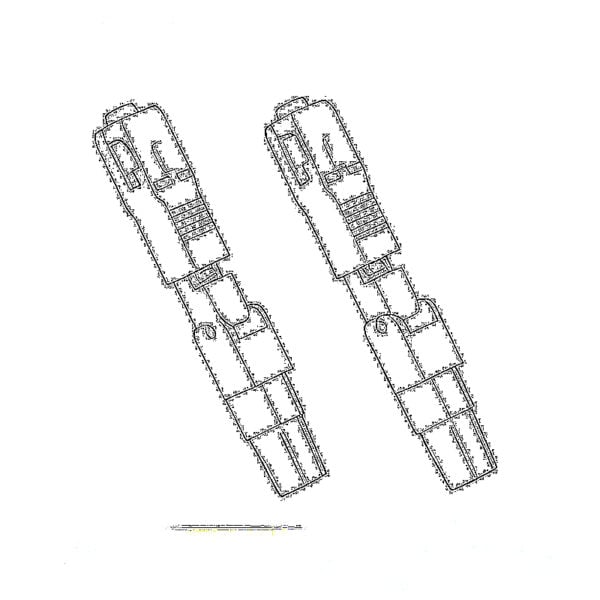 Quick Connector and Connector Panel
Quick Connector and Connector Panel CATV Amplifier
CATV Amplifier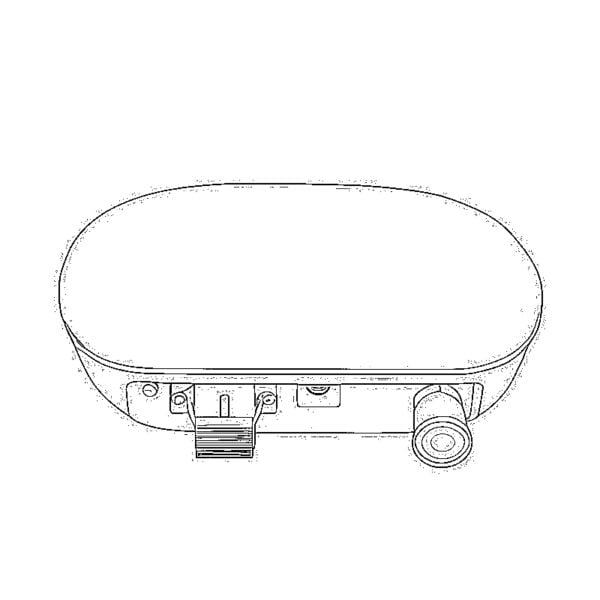 CATV Optical Receiver
CATV Optical Receiver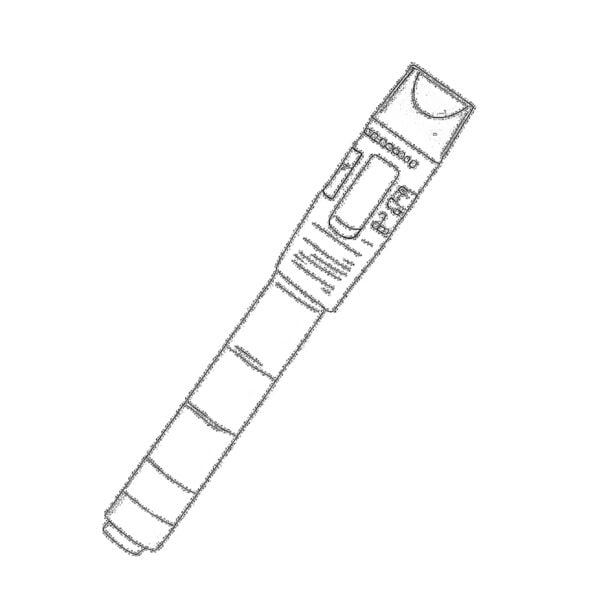 Visual Fault Locator
Visual Fault Locator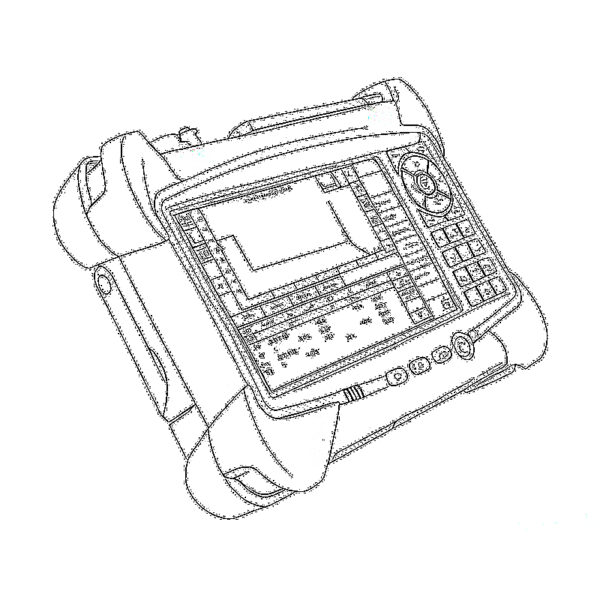 OTDR
OTDR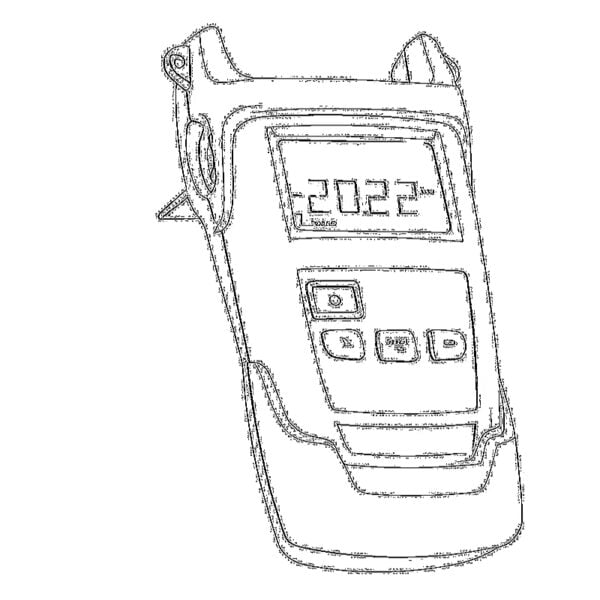 Optical Power Meter
Optical Power Meter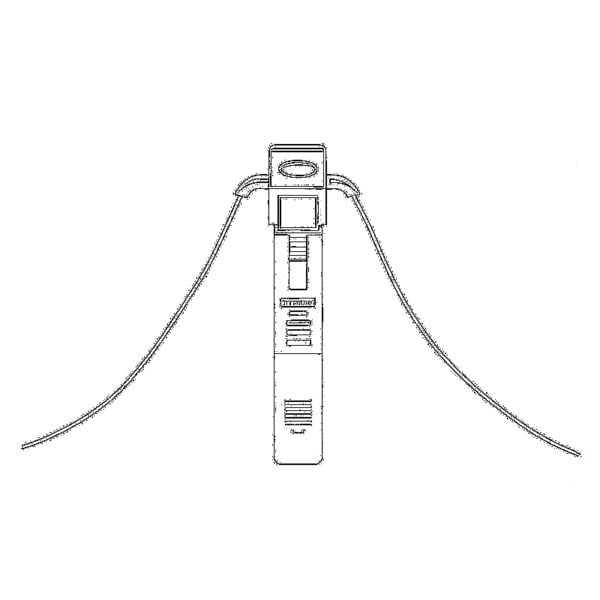 Fiber Optic Identifier
Fiber Optic Identifier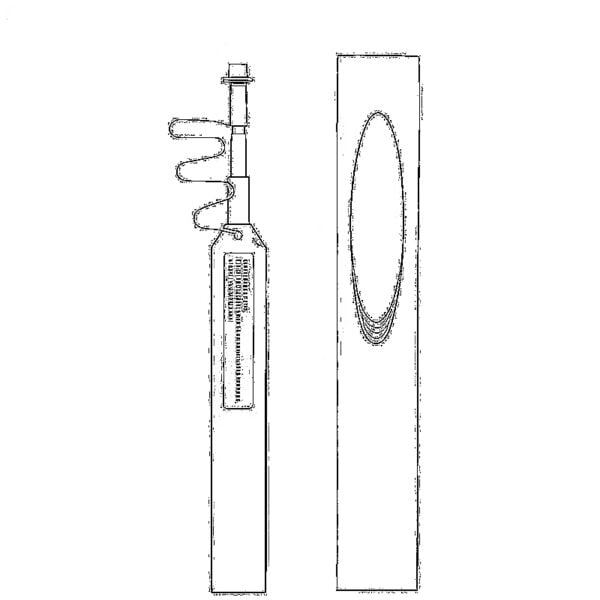 Fiber Optic Cleaners
Fiber Optic Cleaners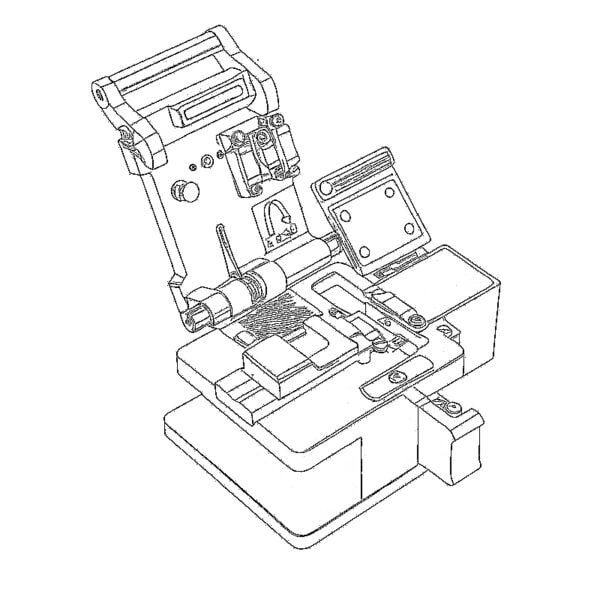 Fiber Cleavers & Fiber Strippers
Fiber Cleavers & Fiber Strippers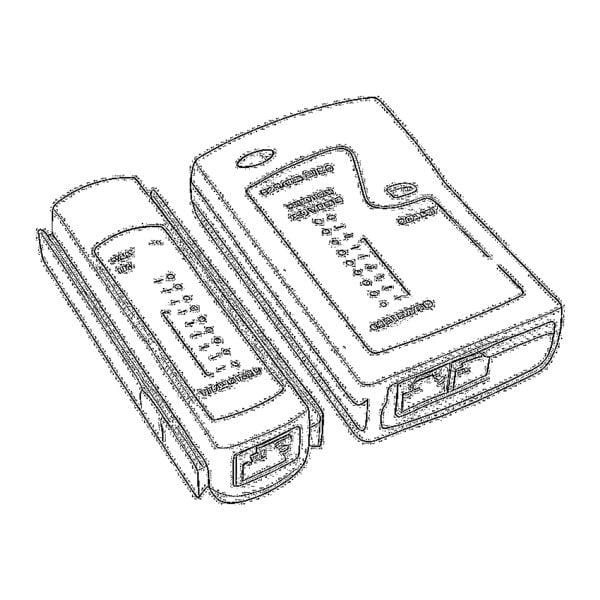 Copper Tools
Copper Tools